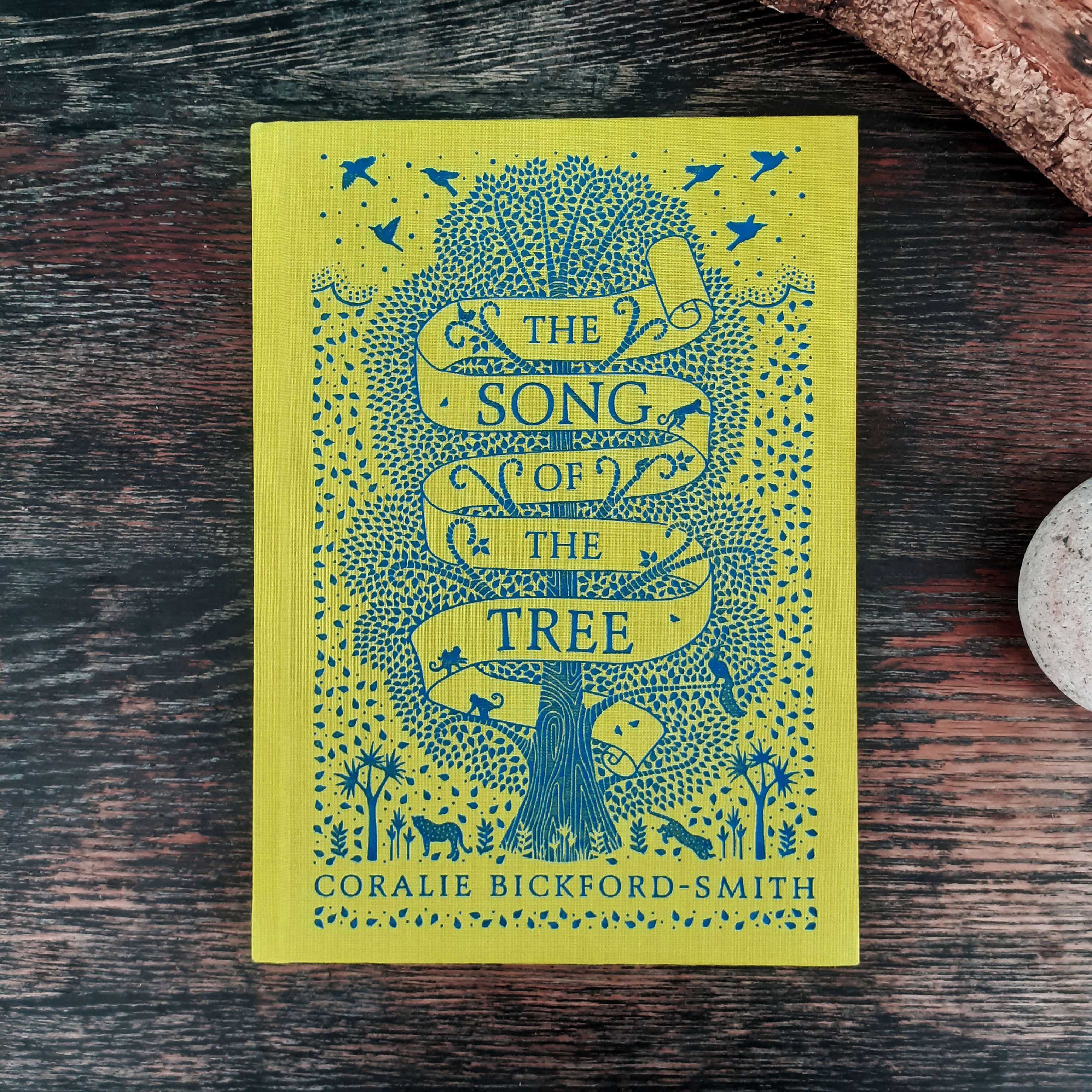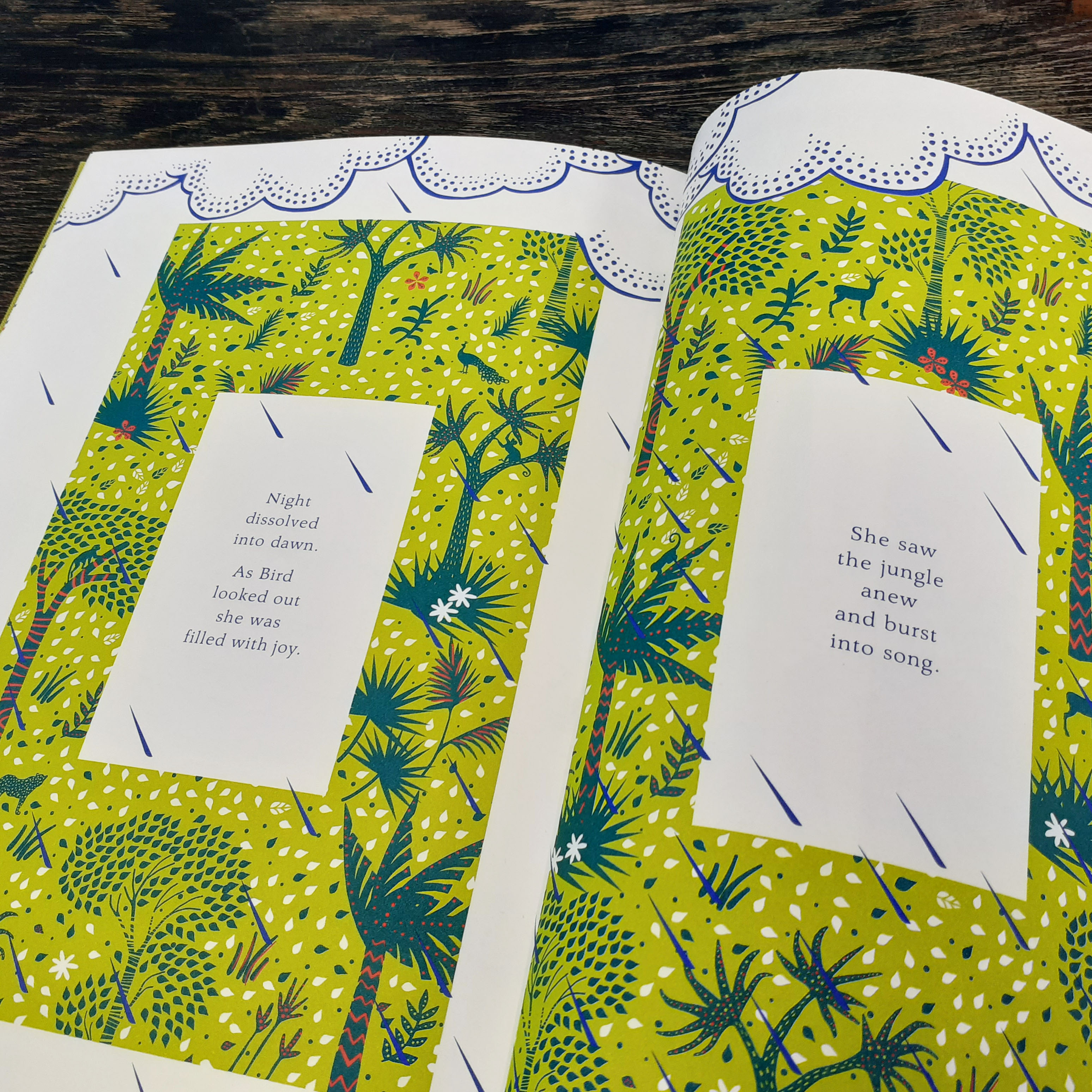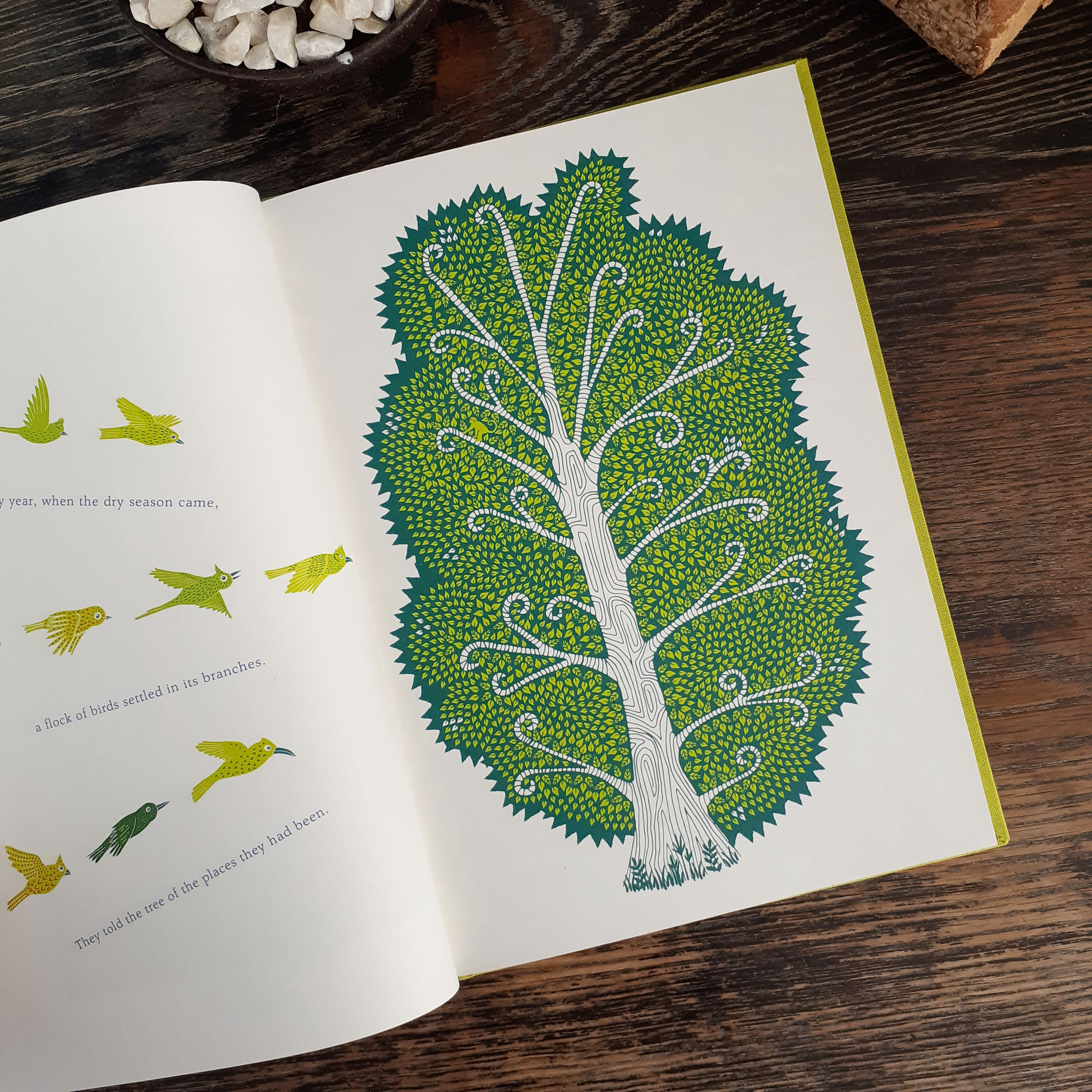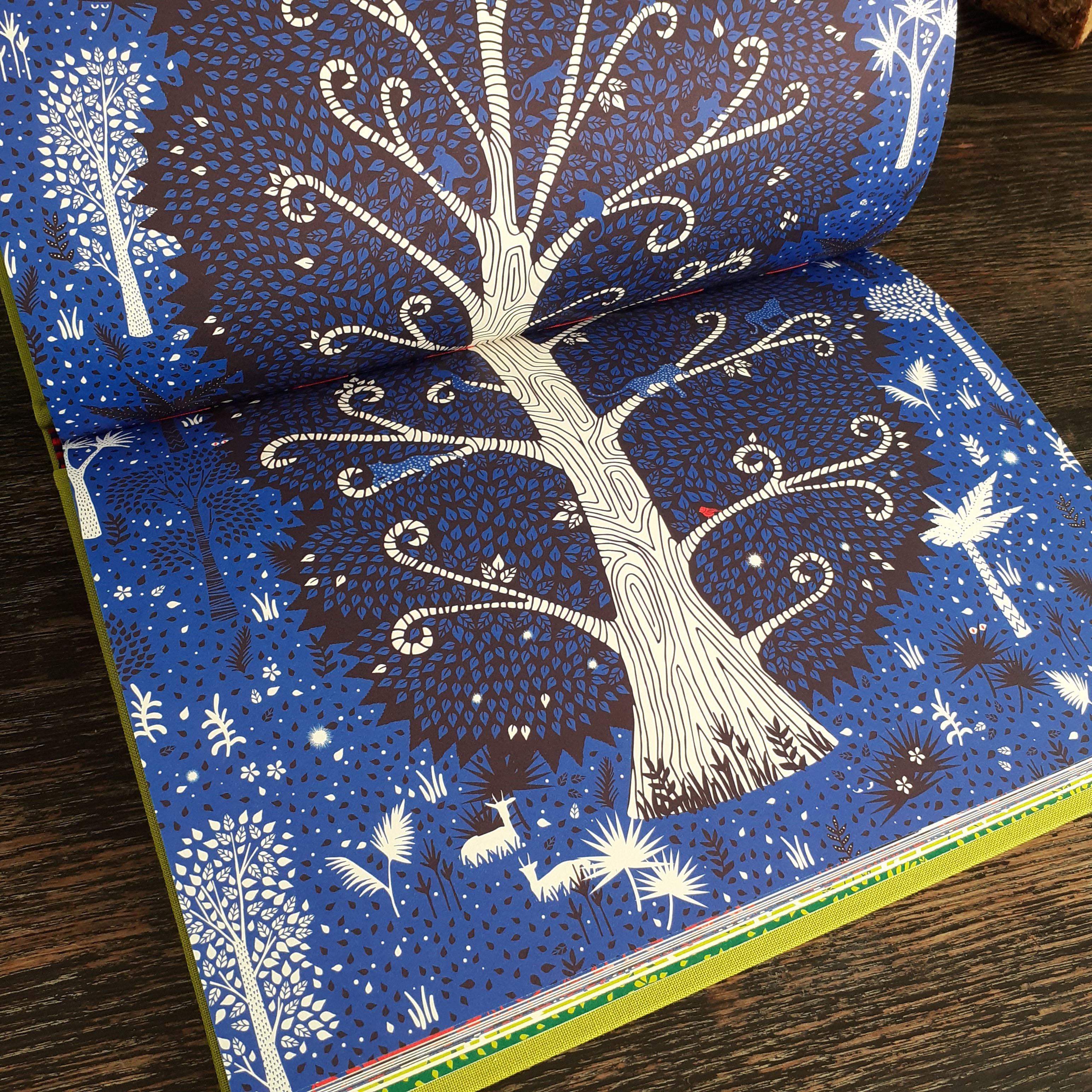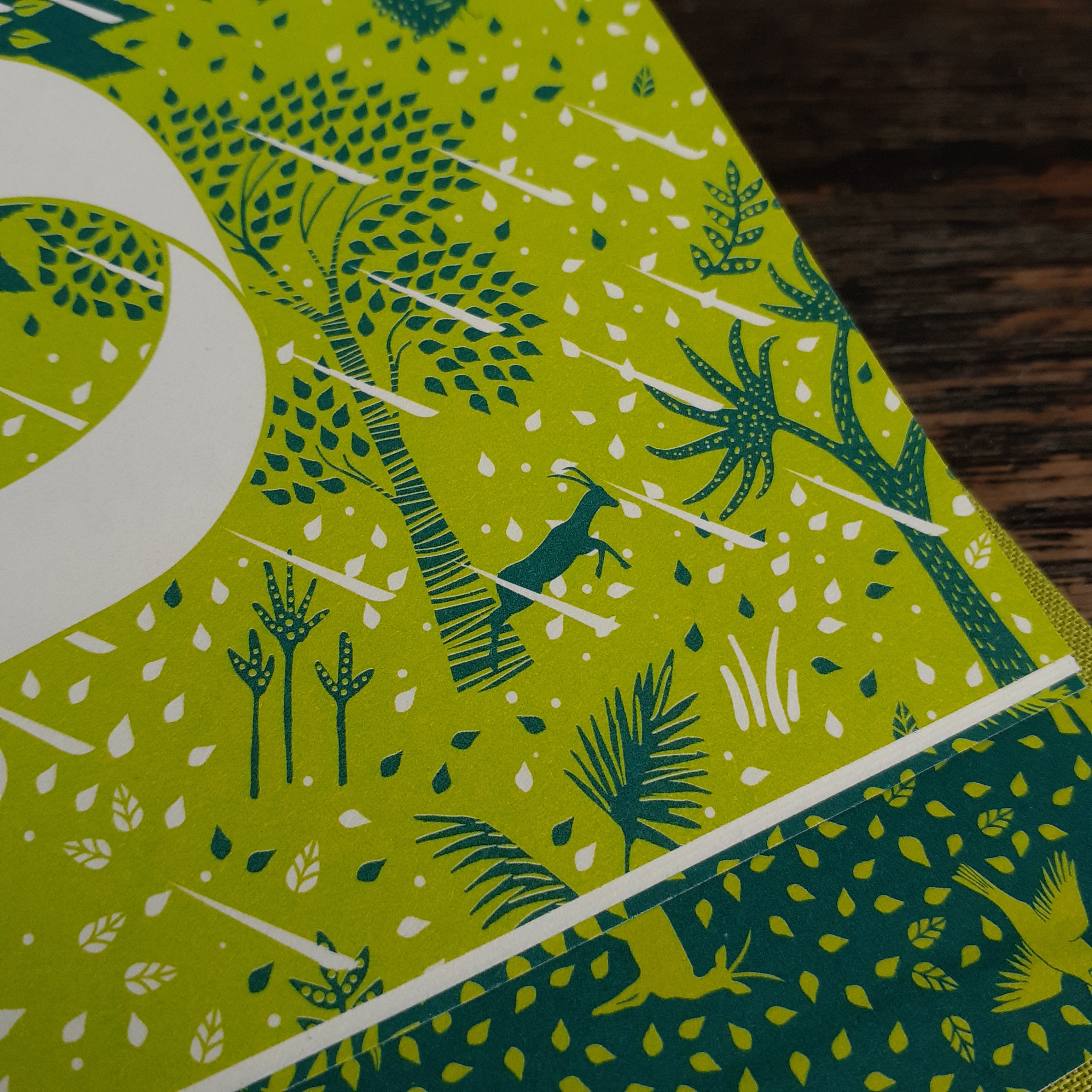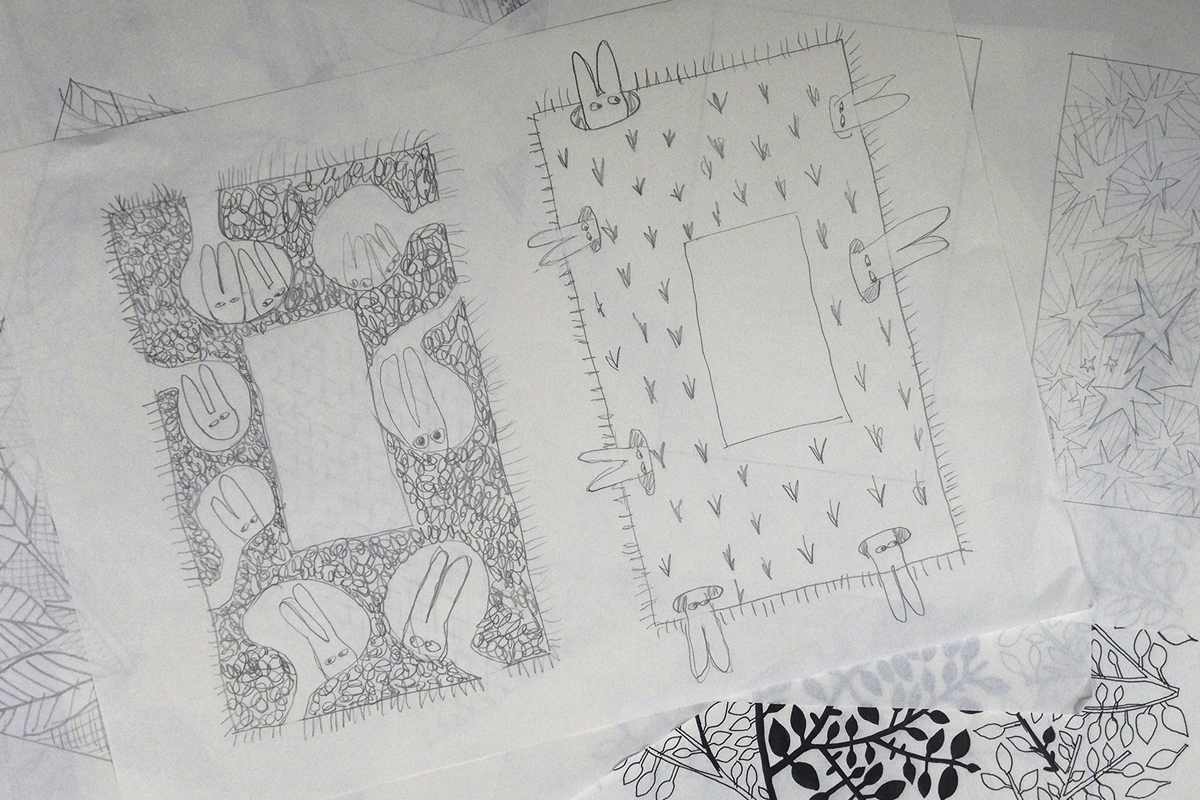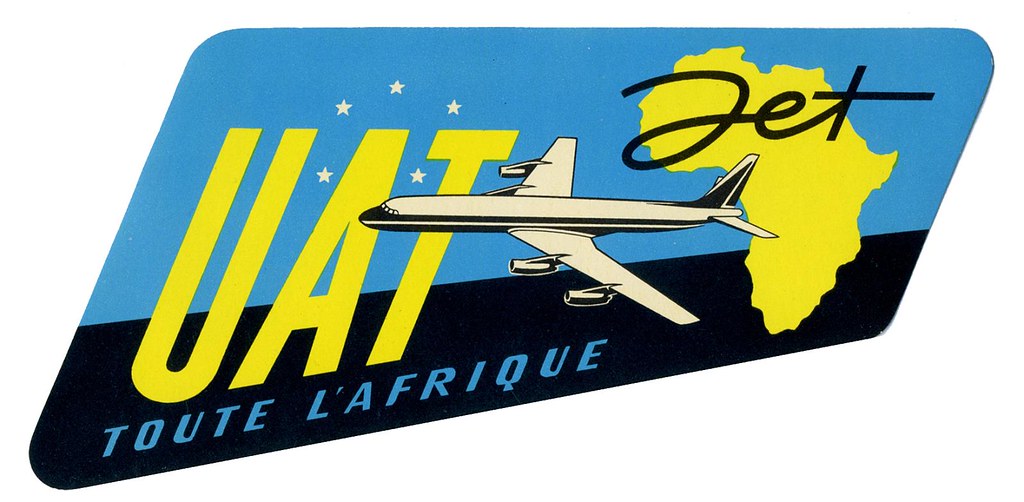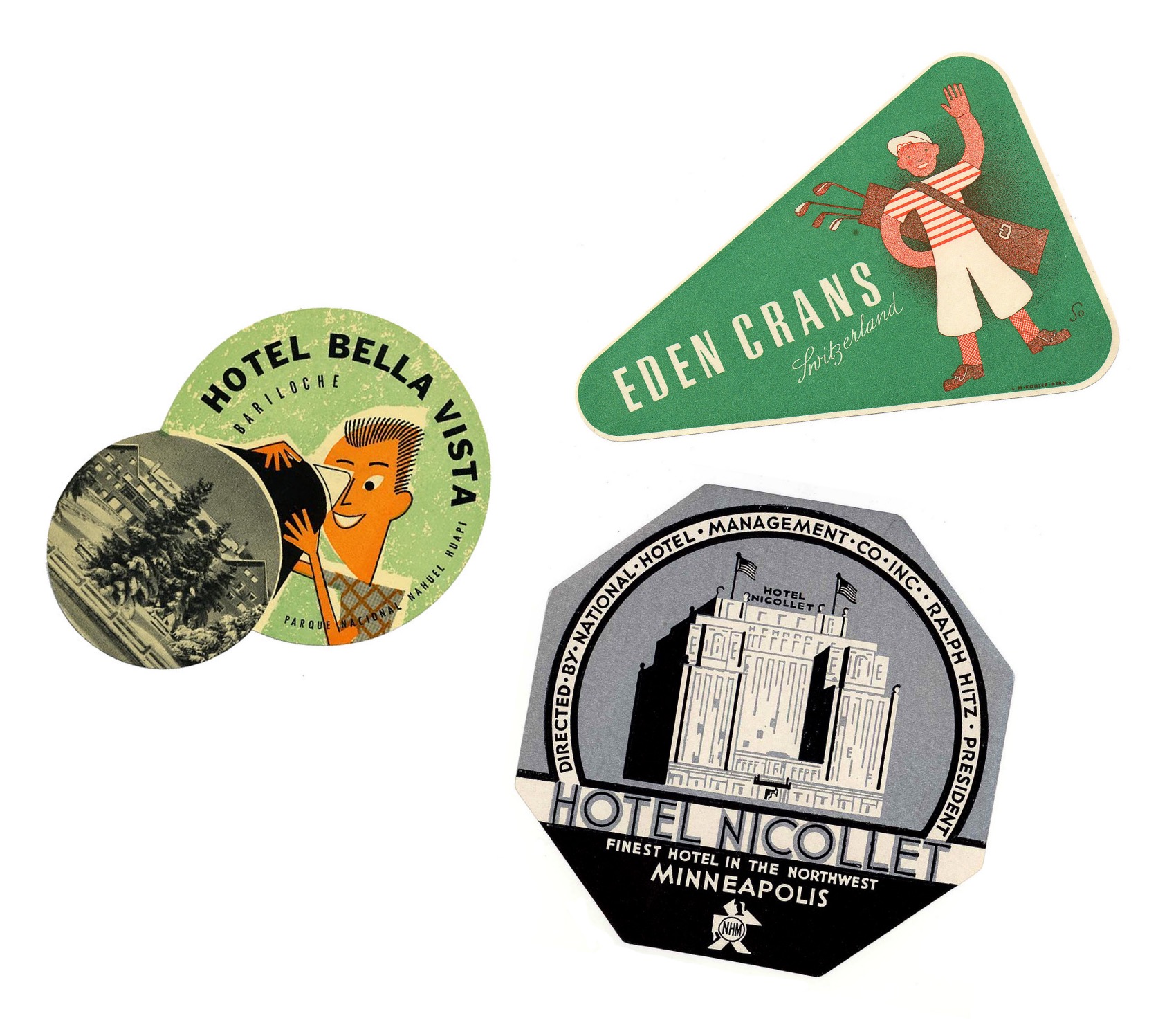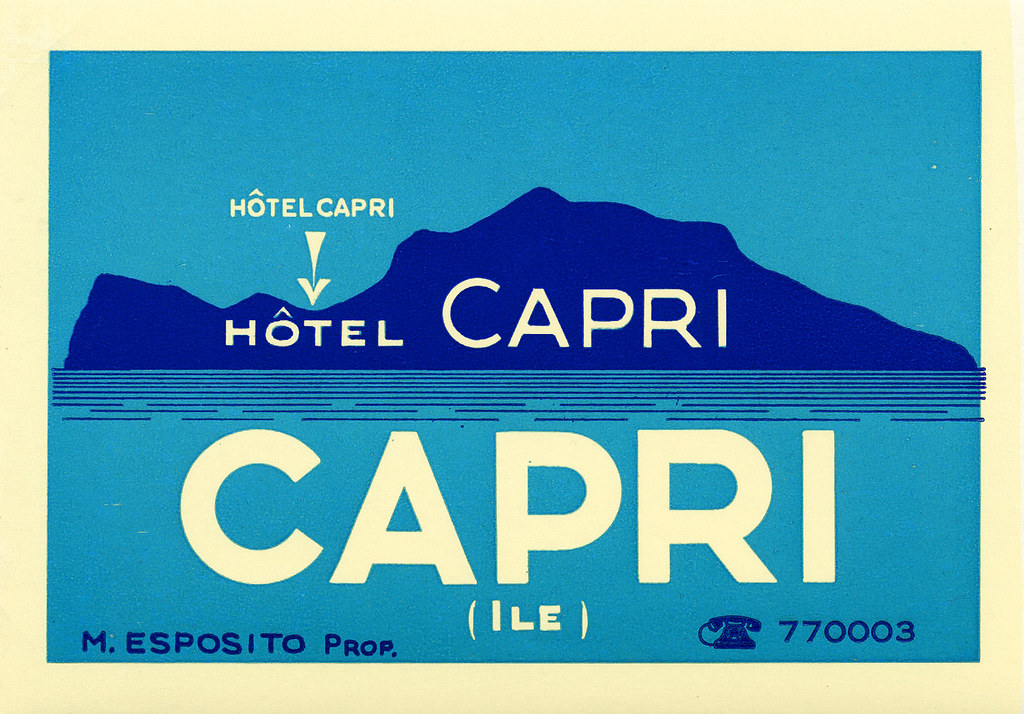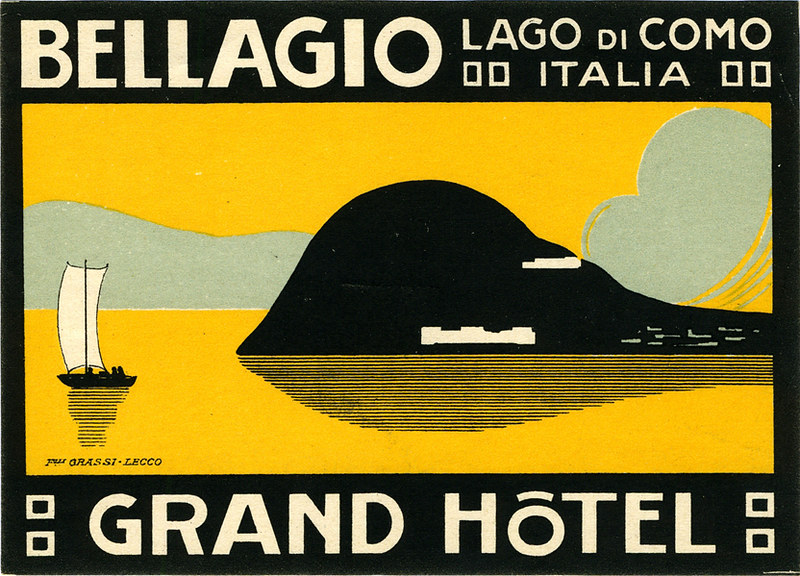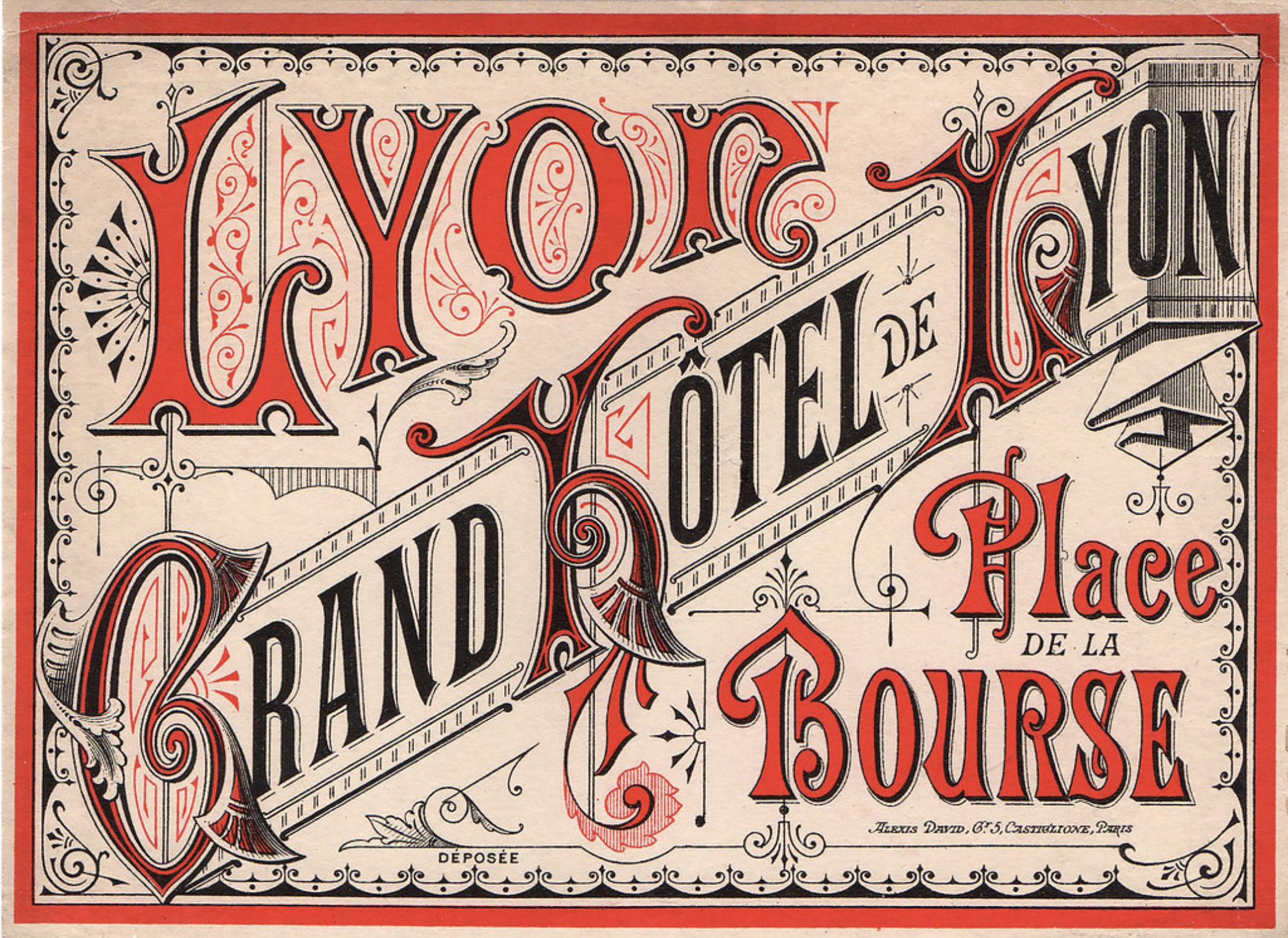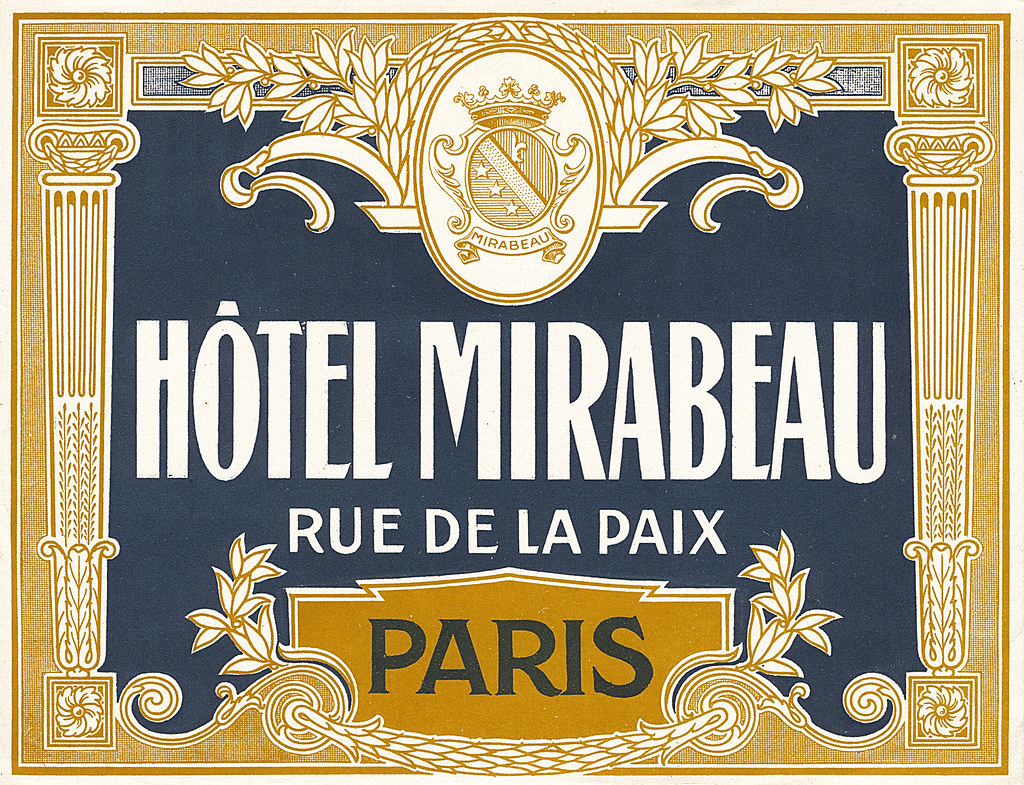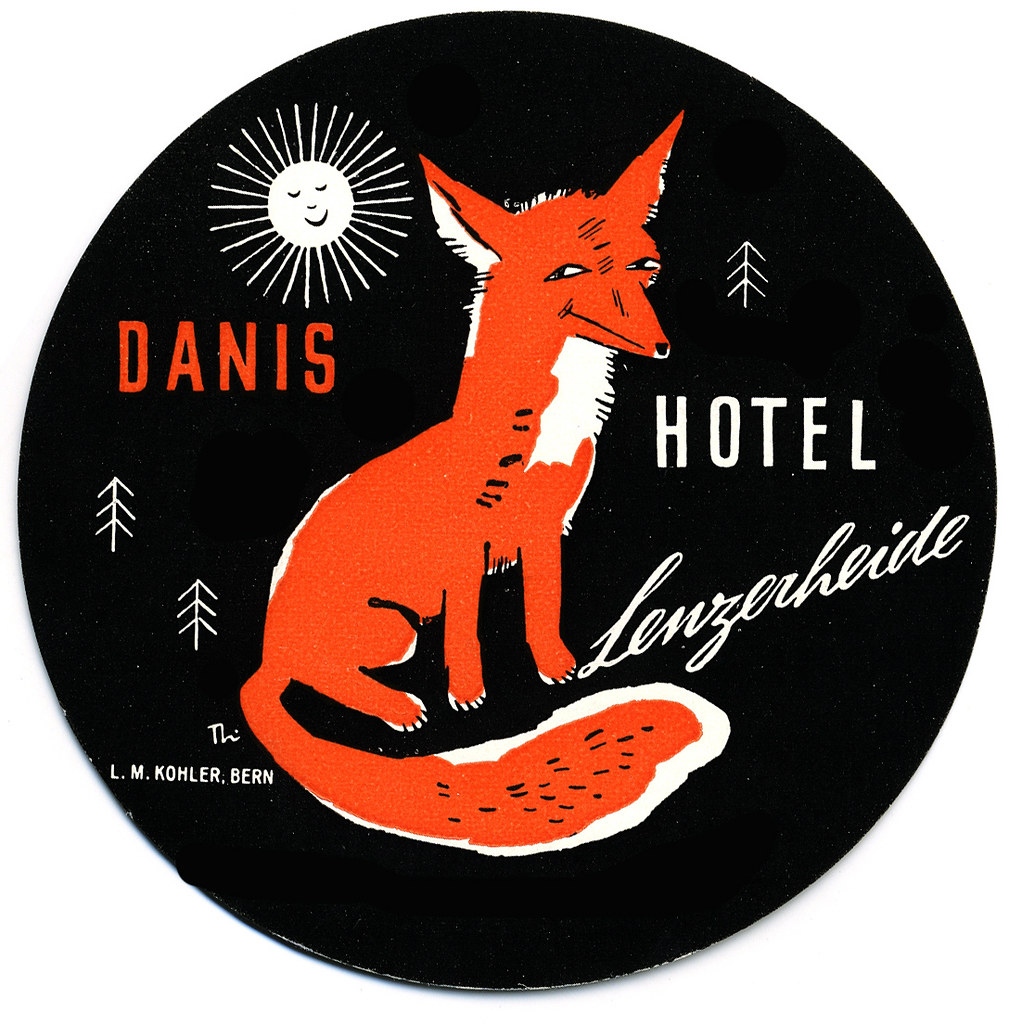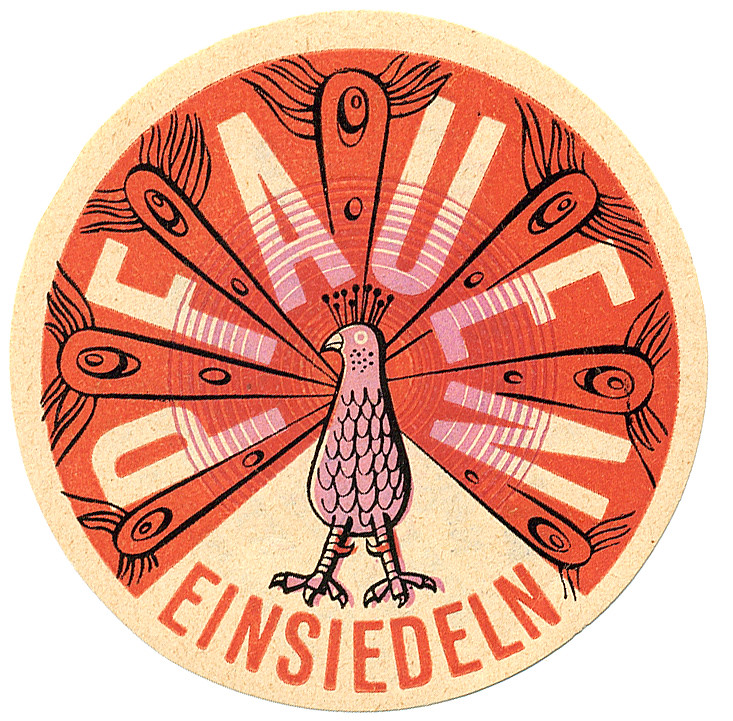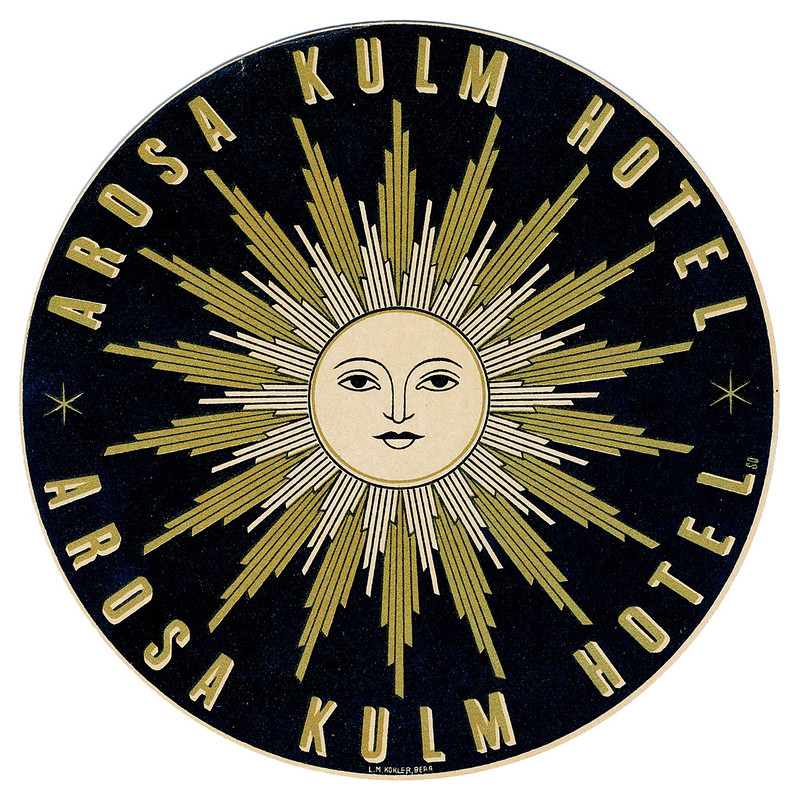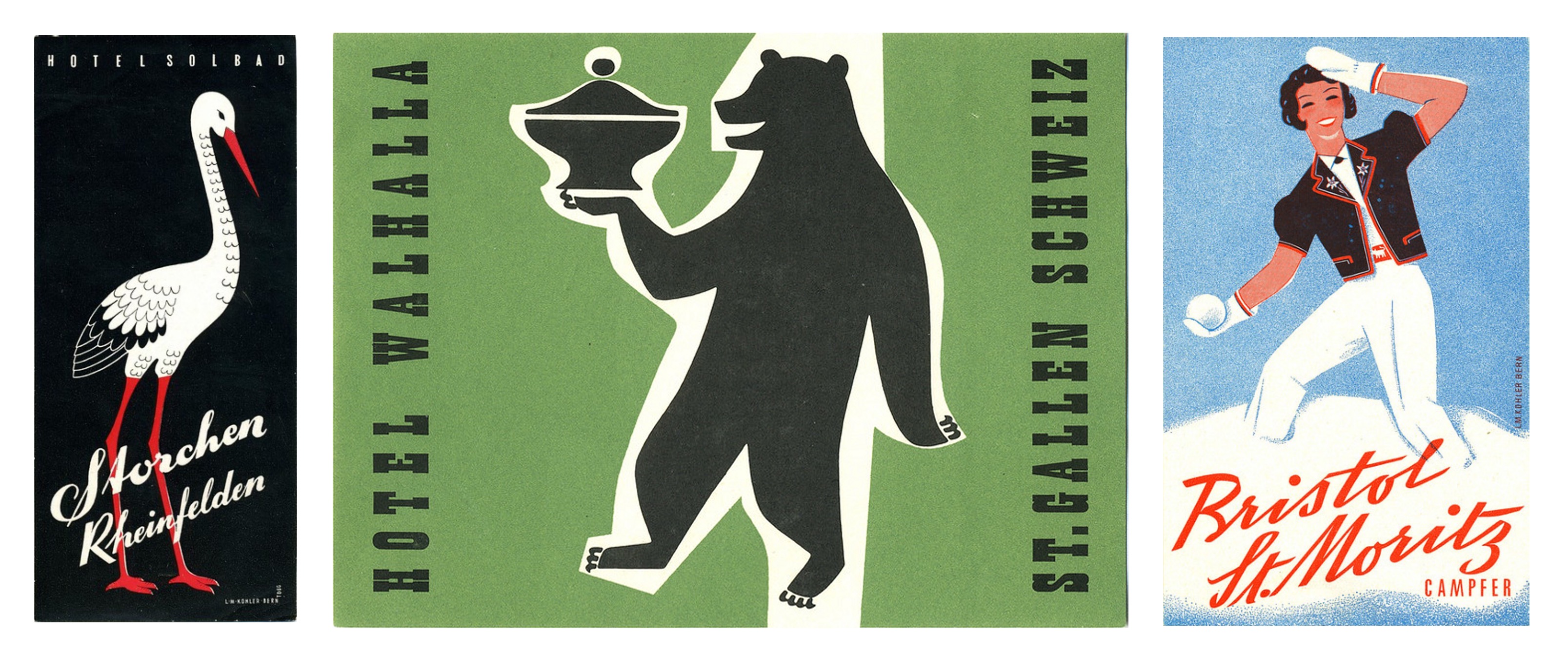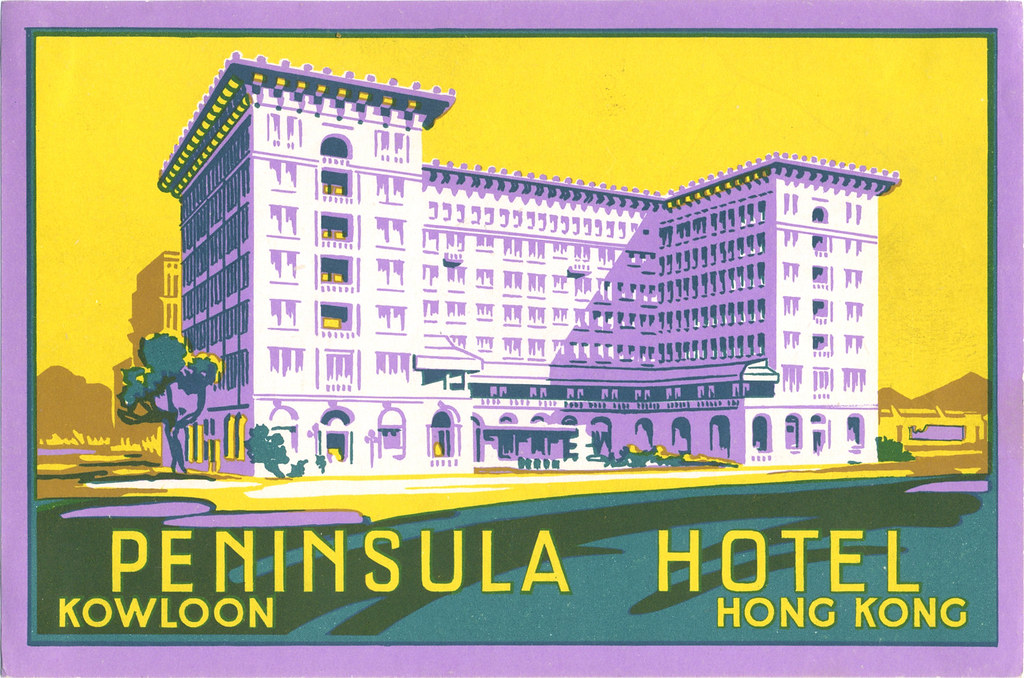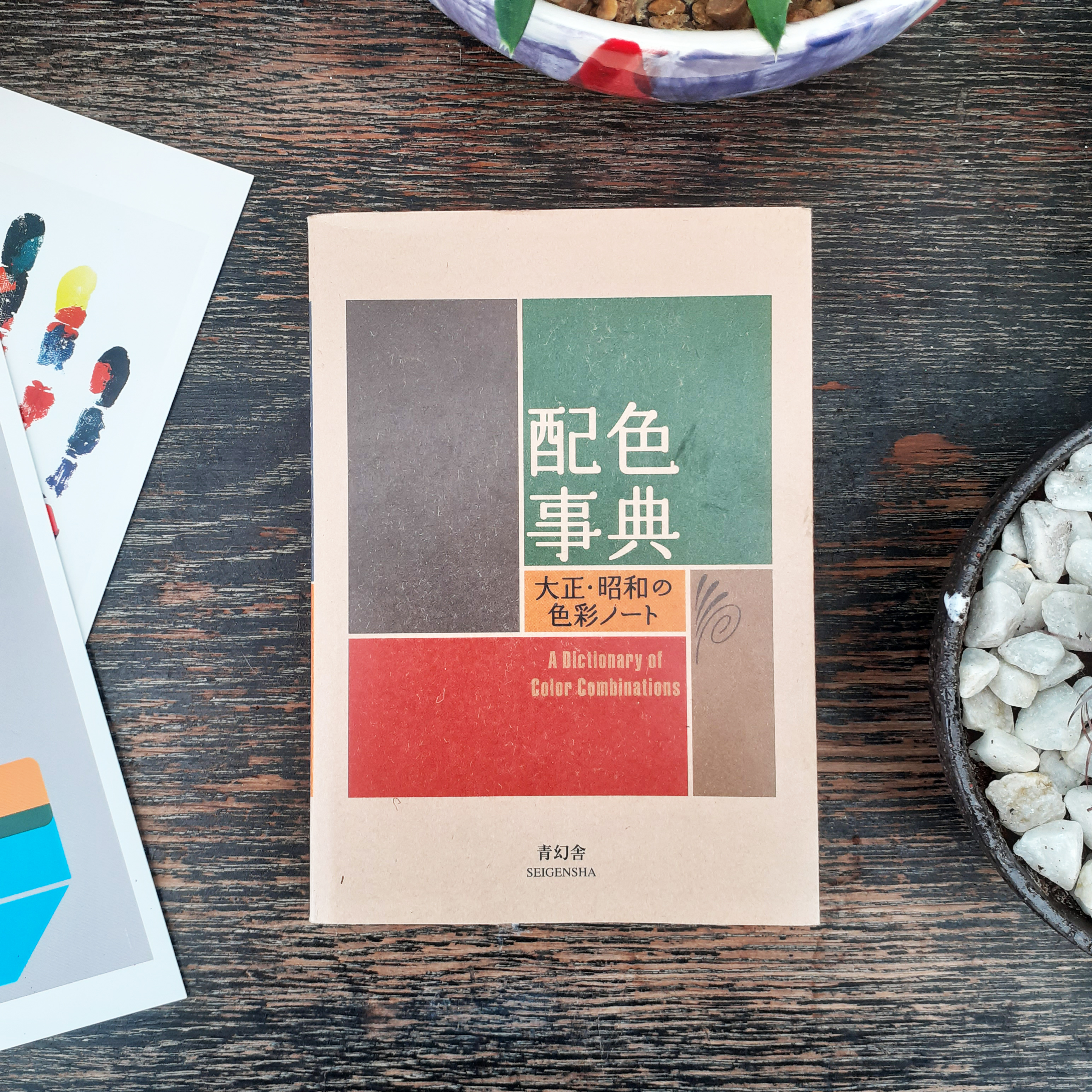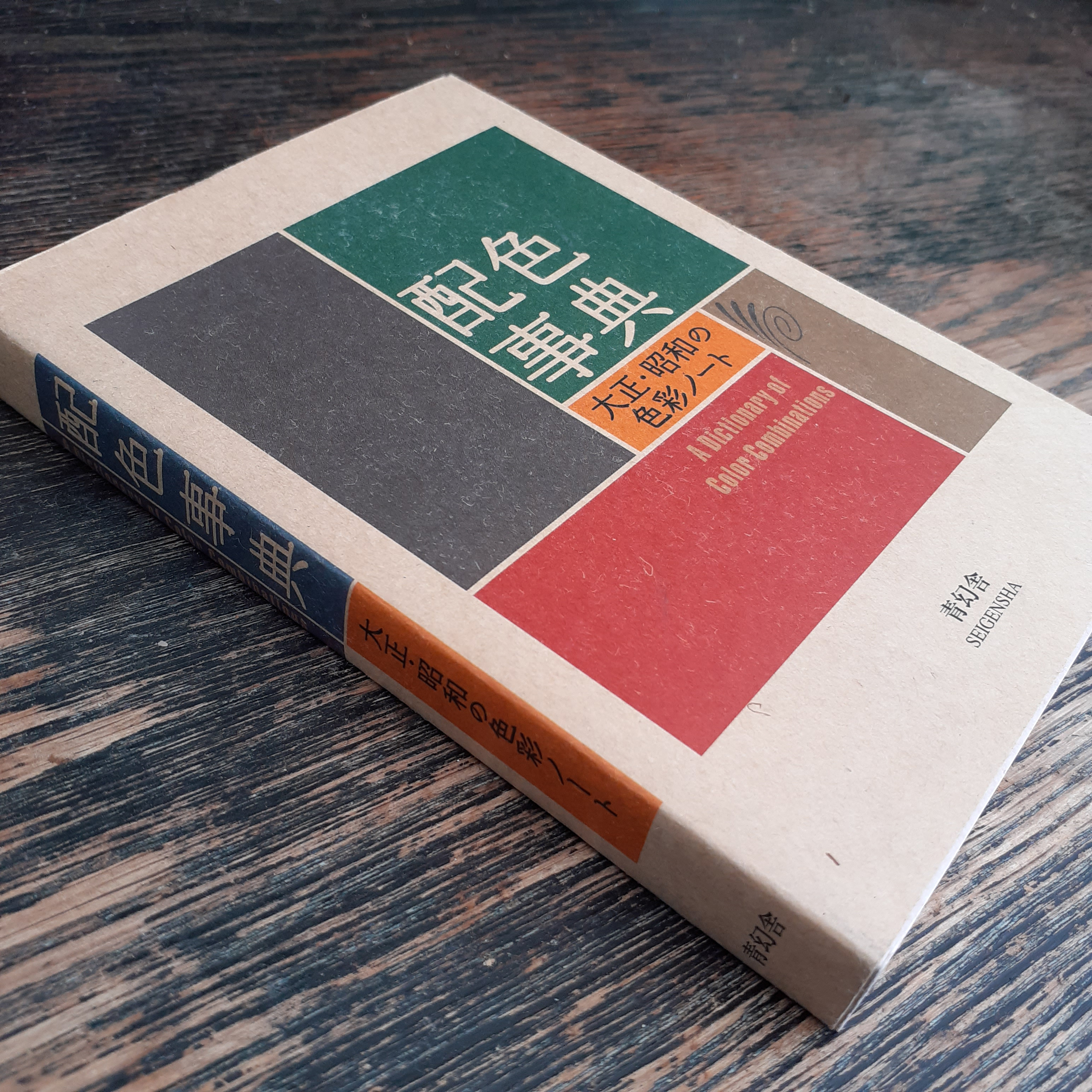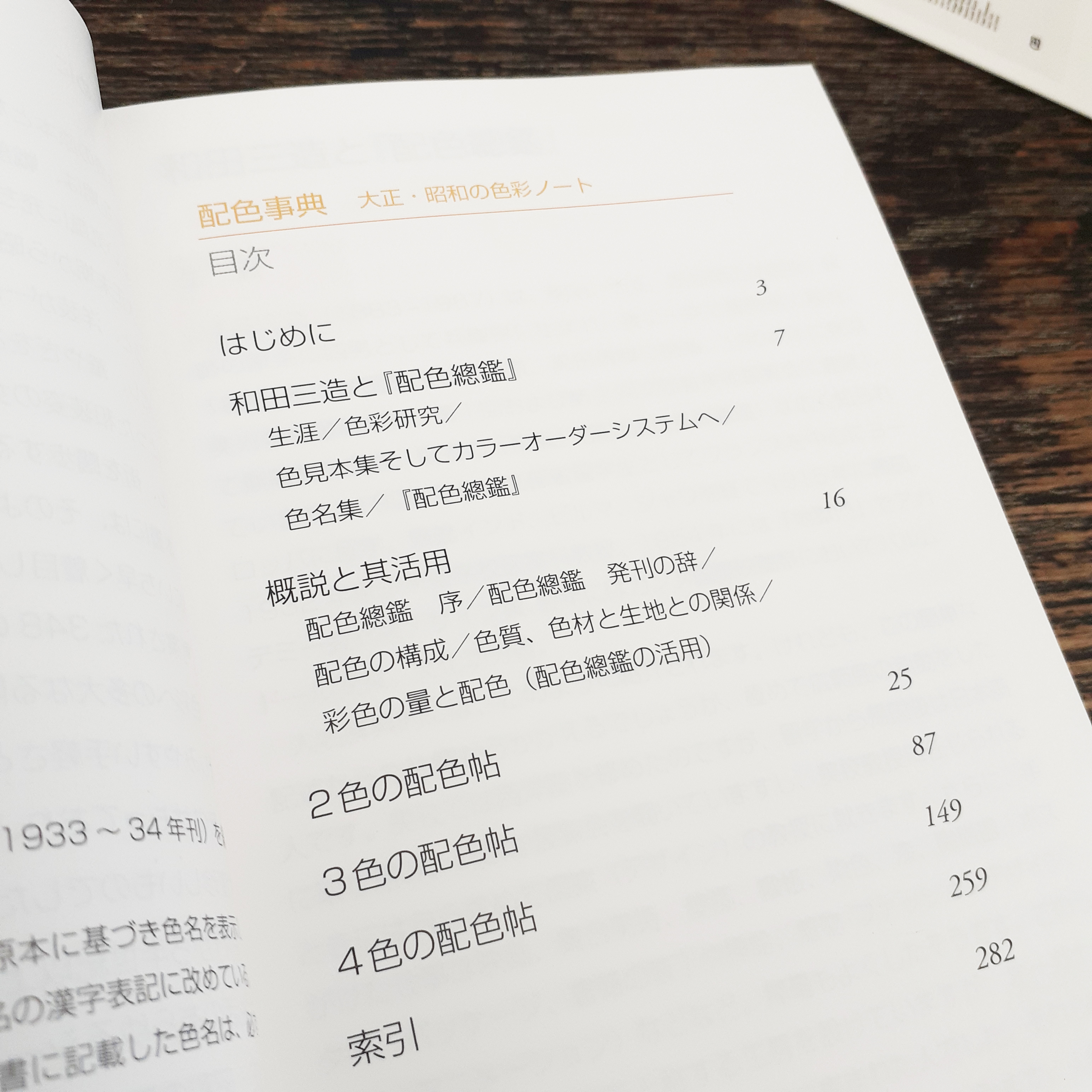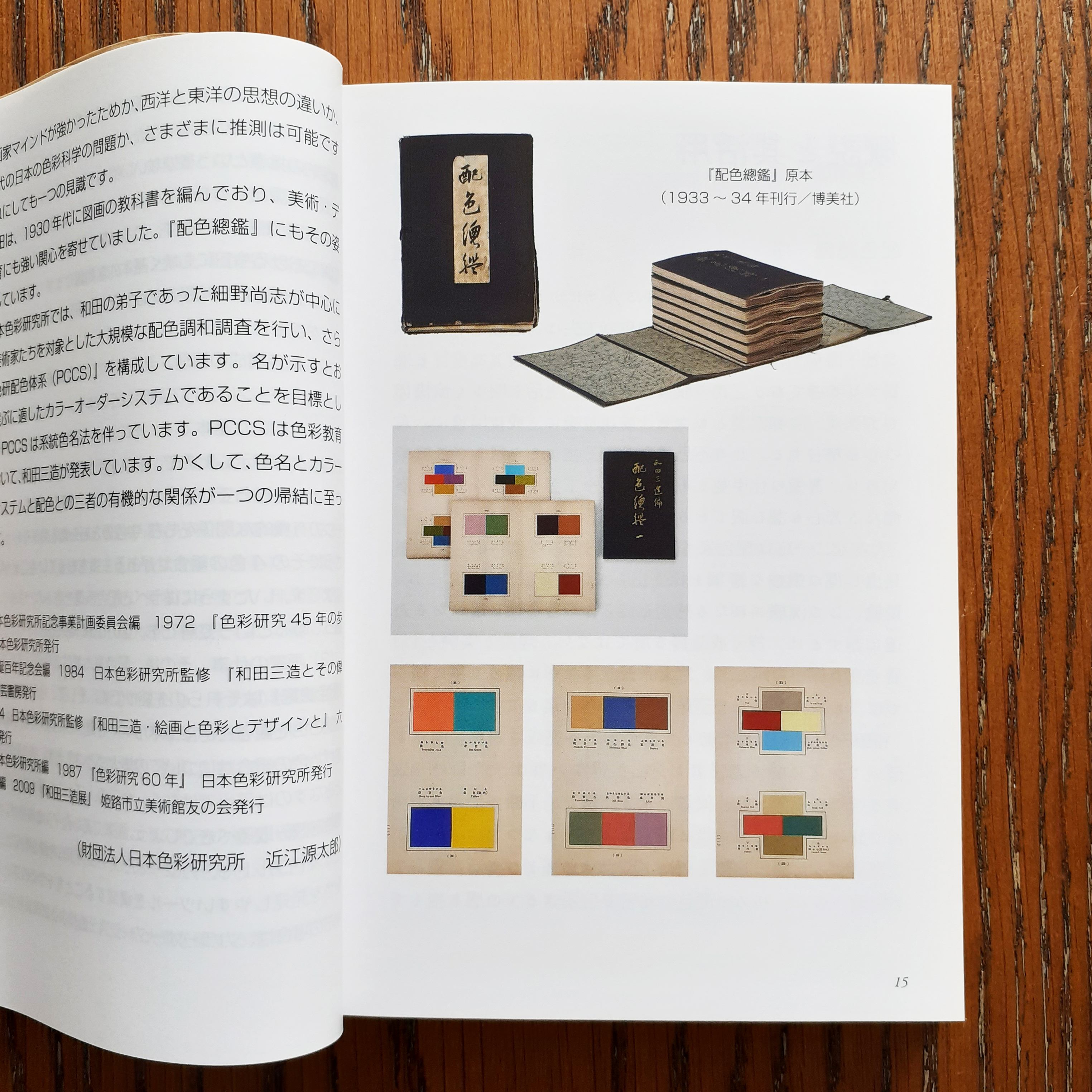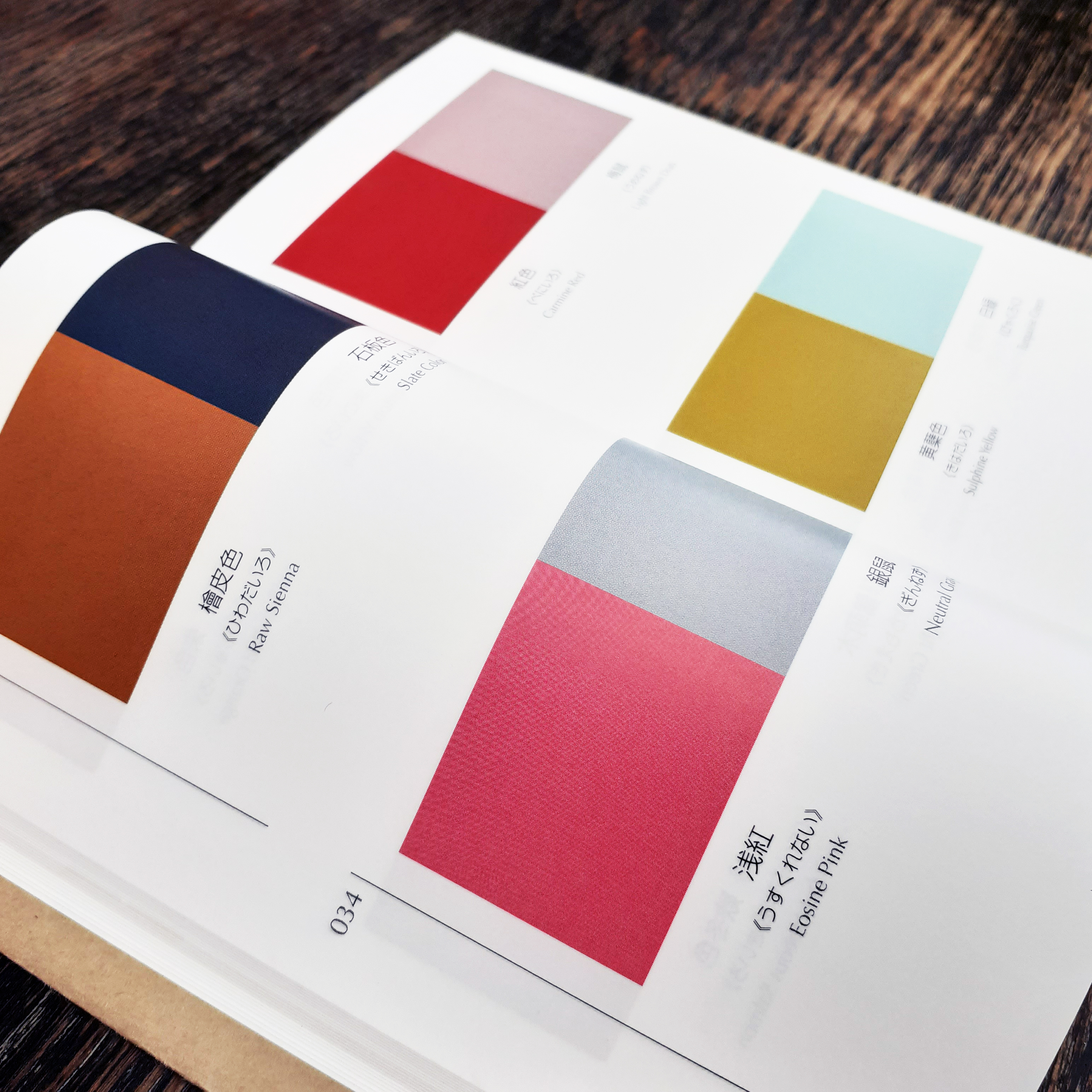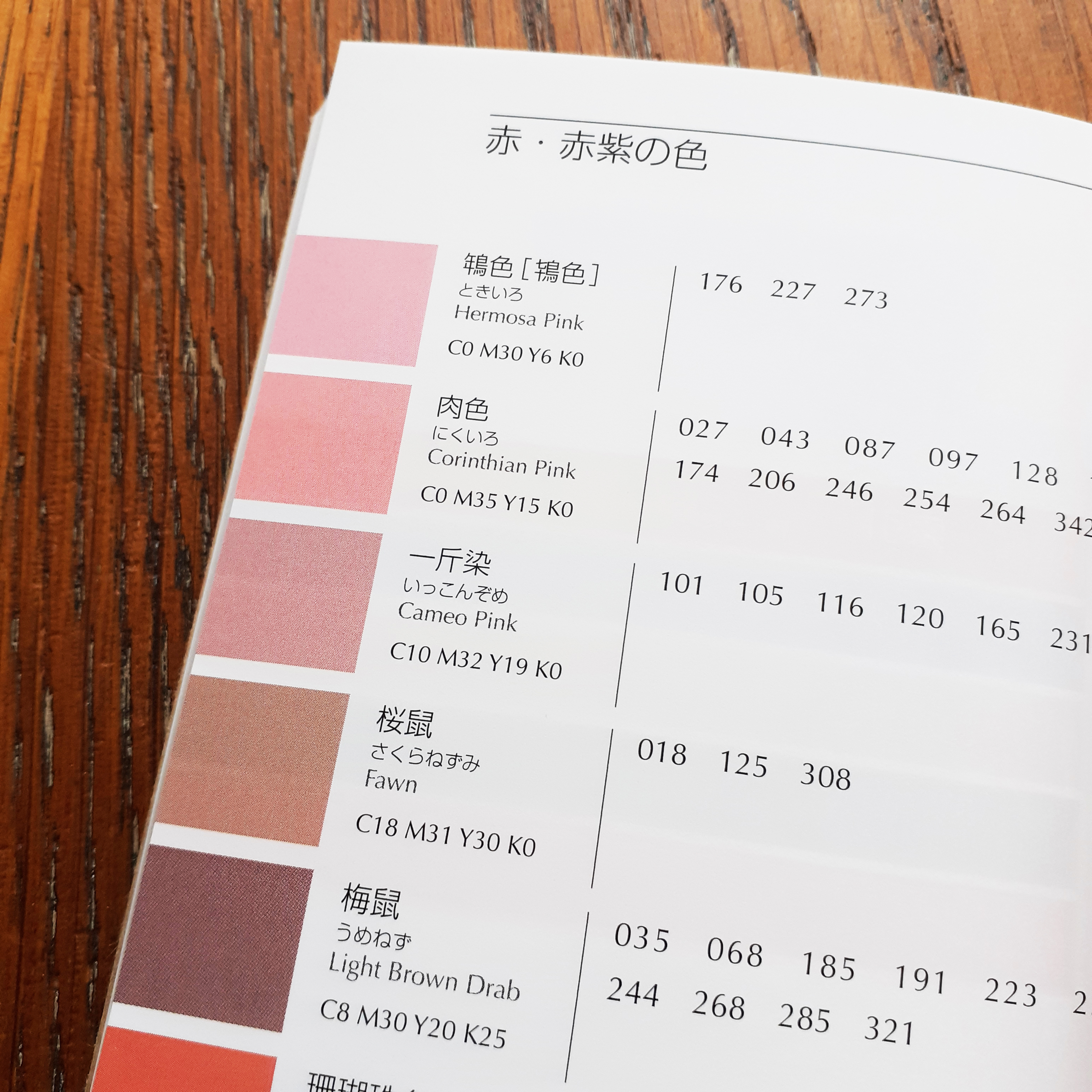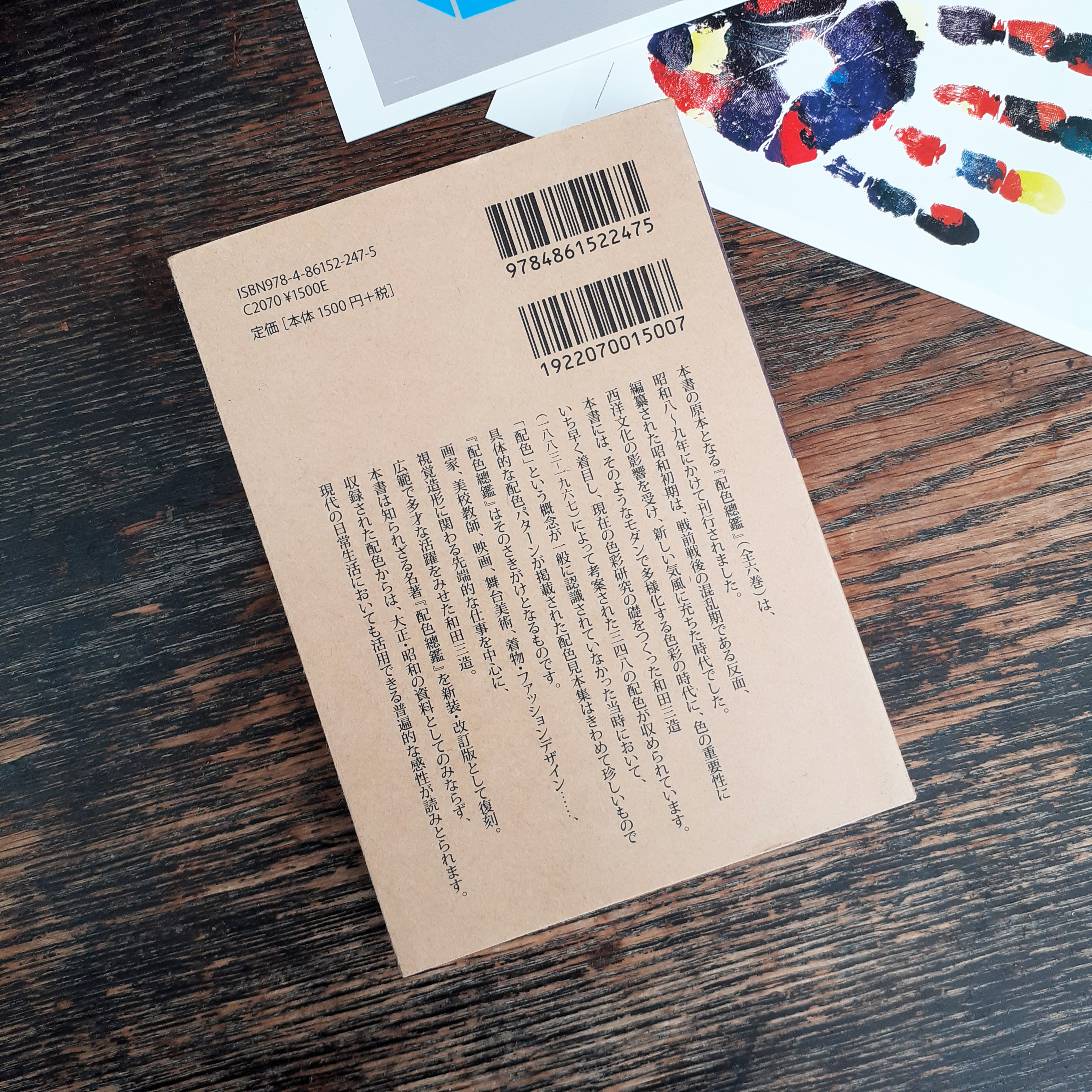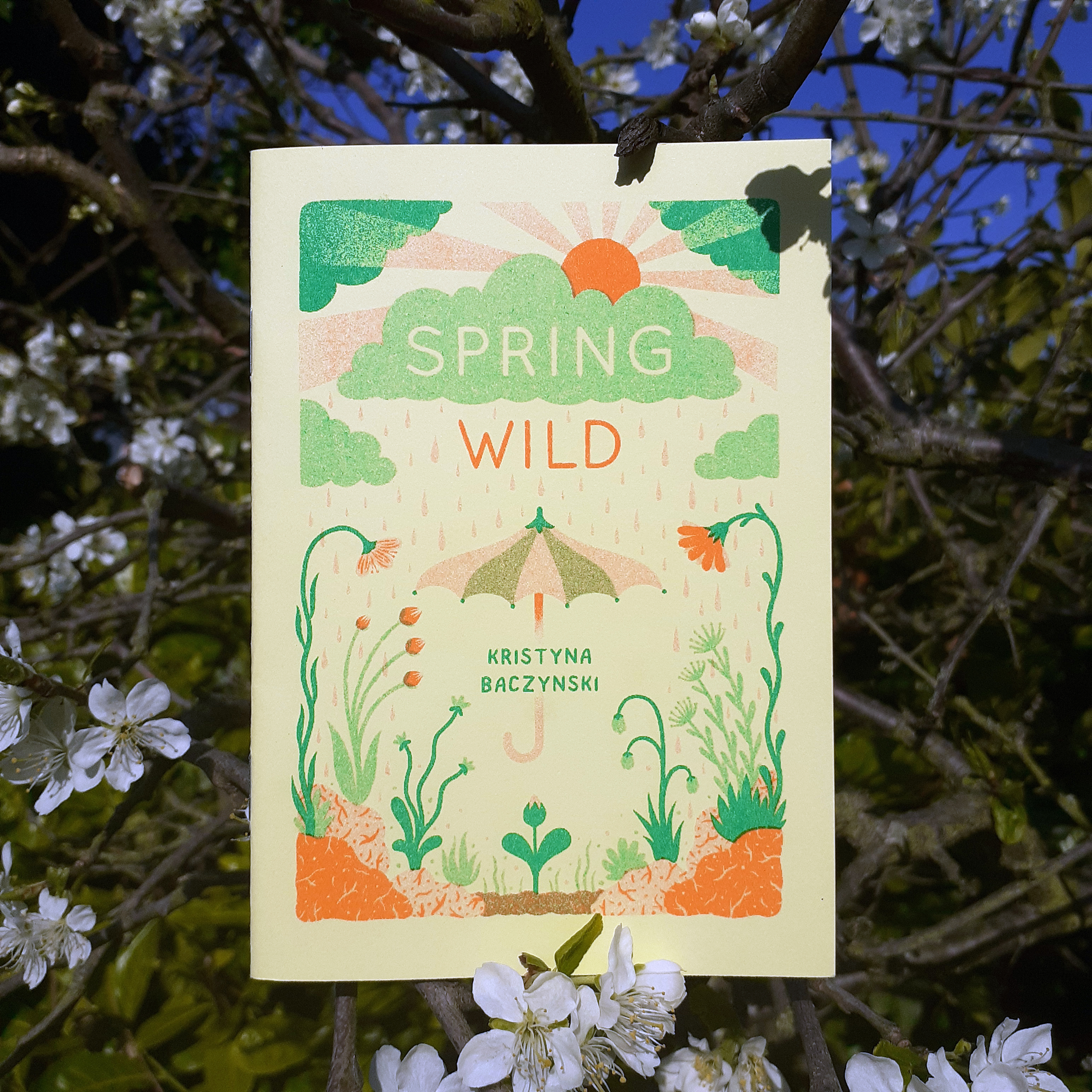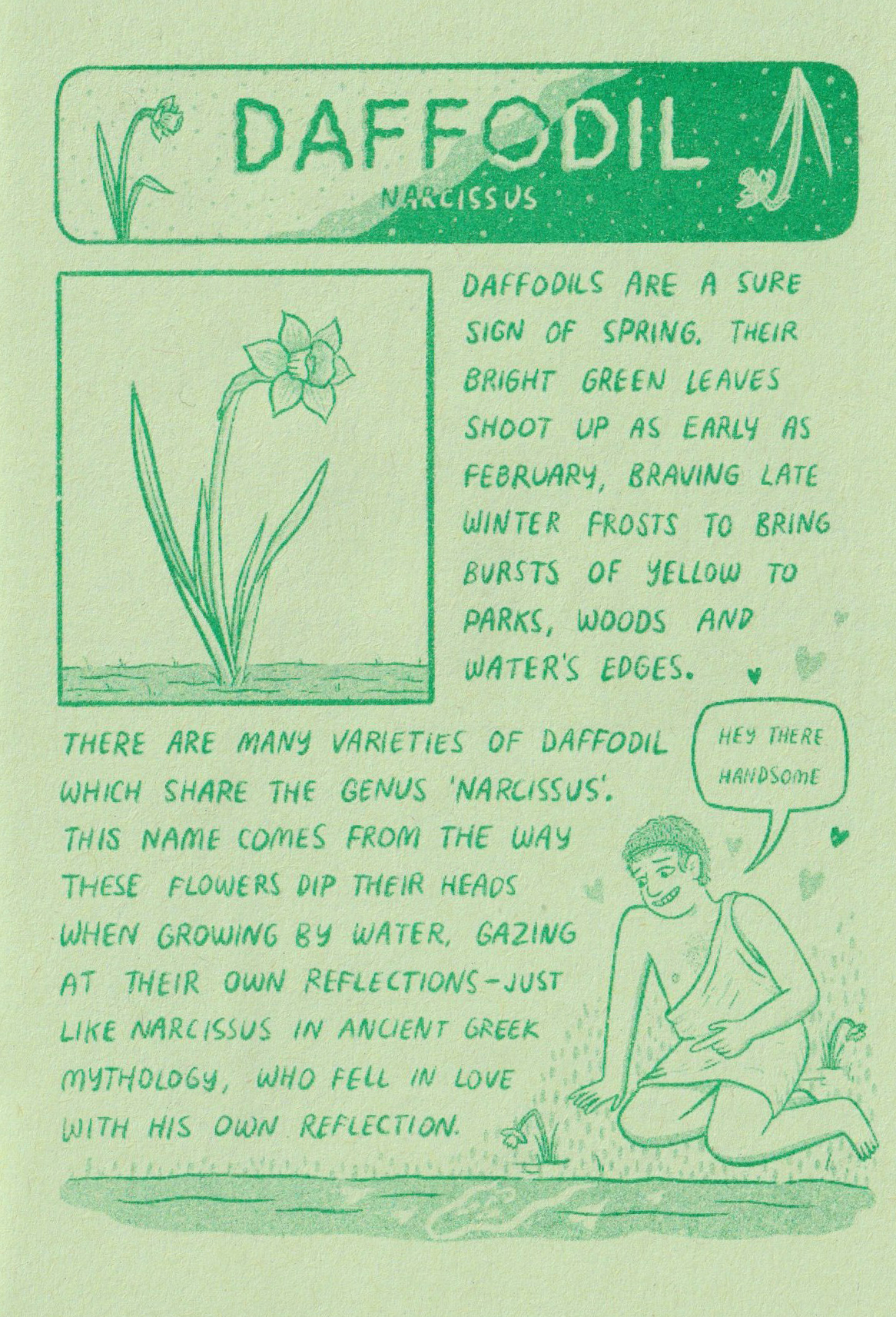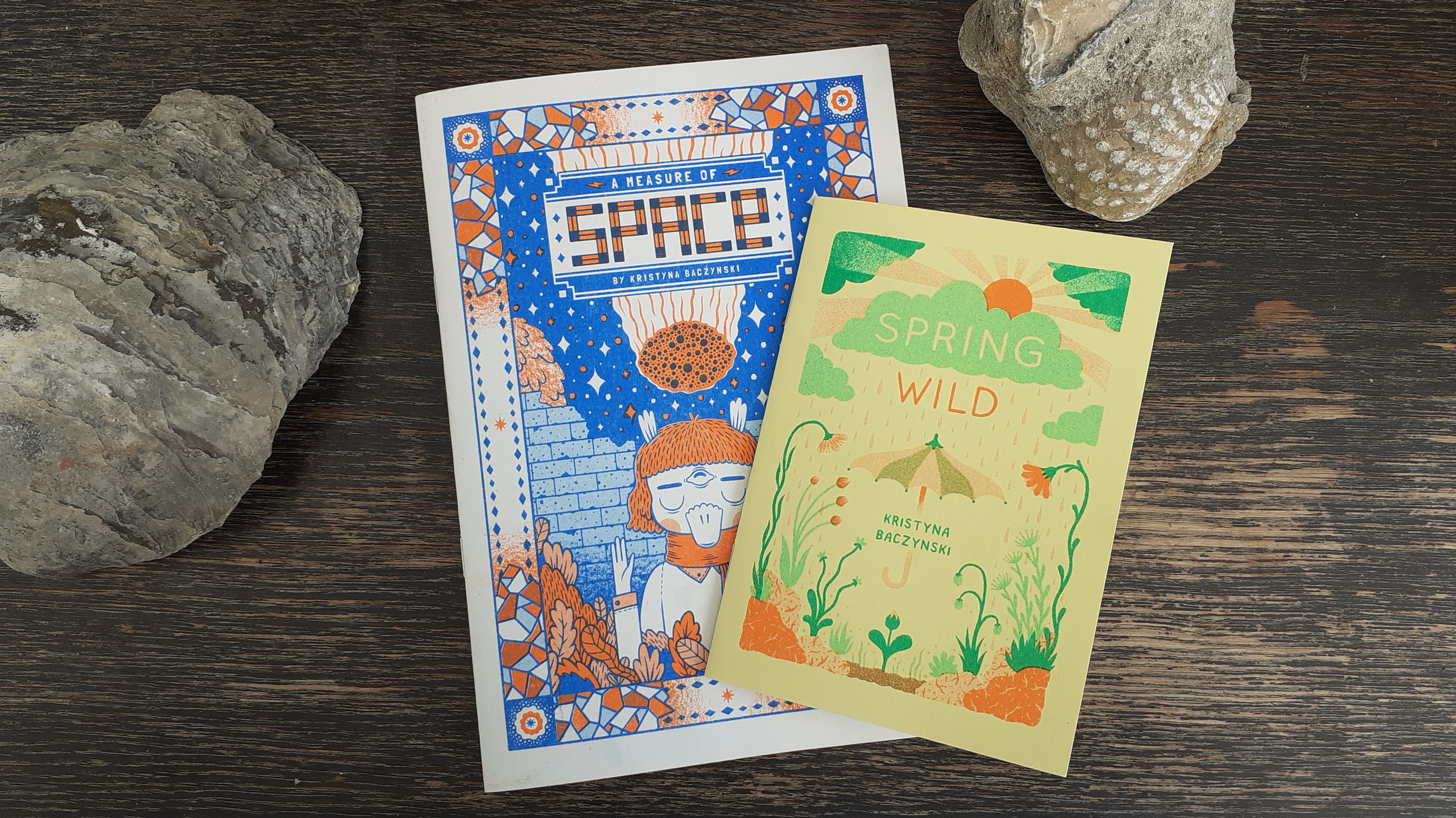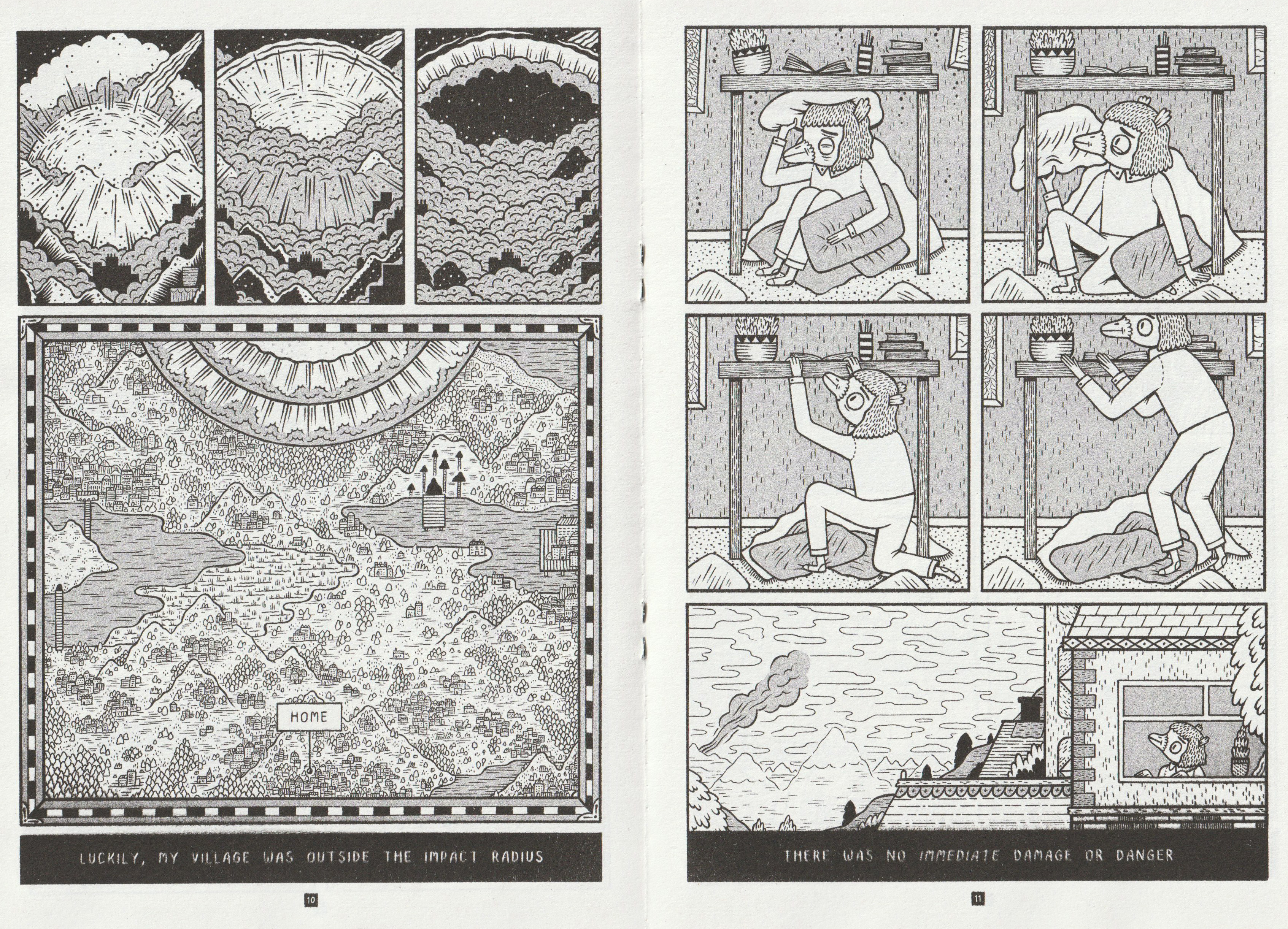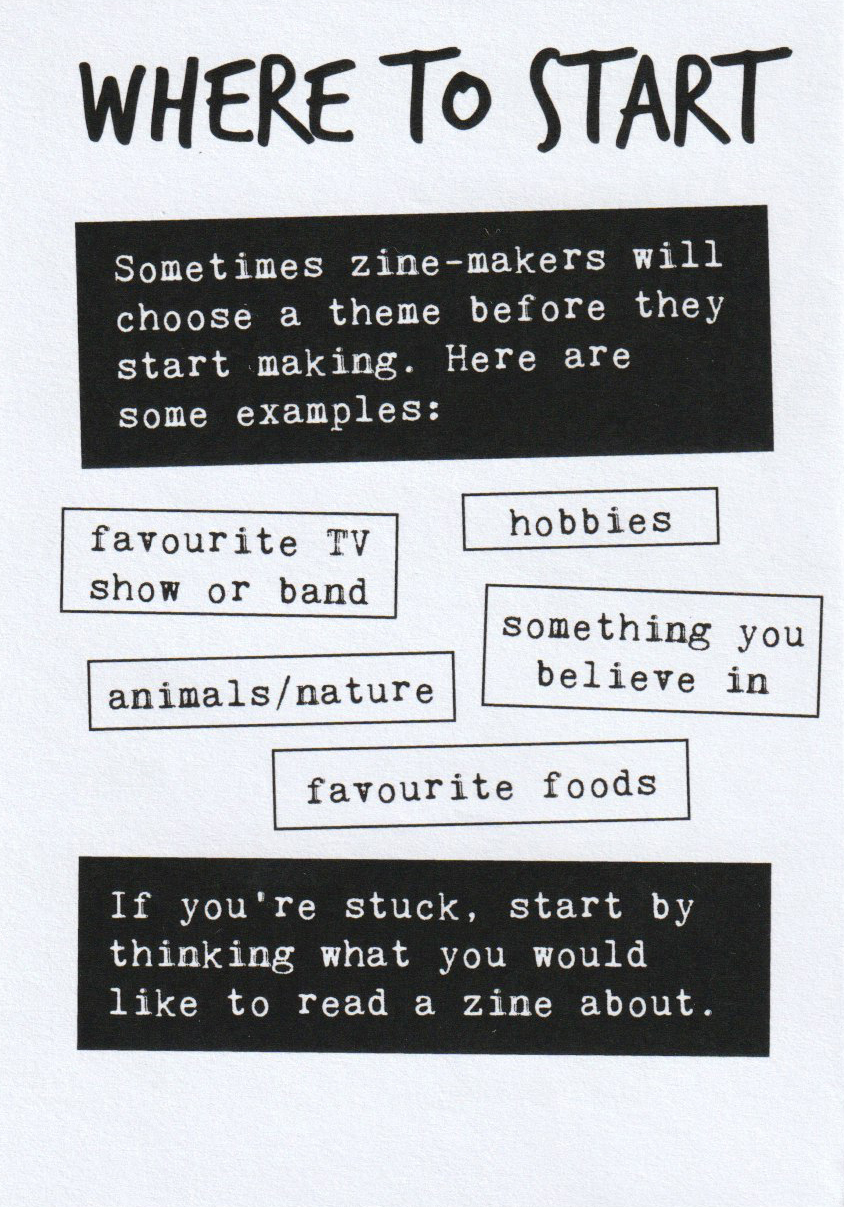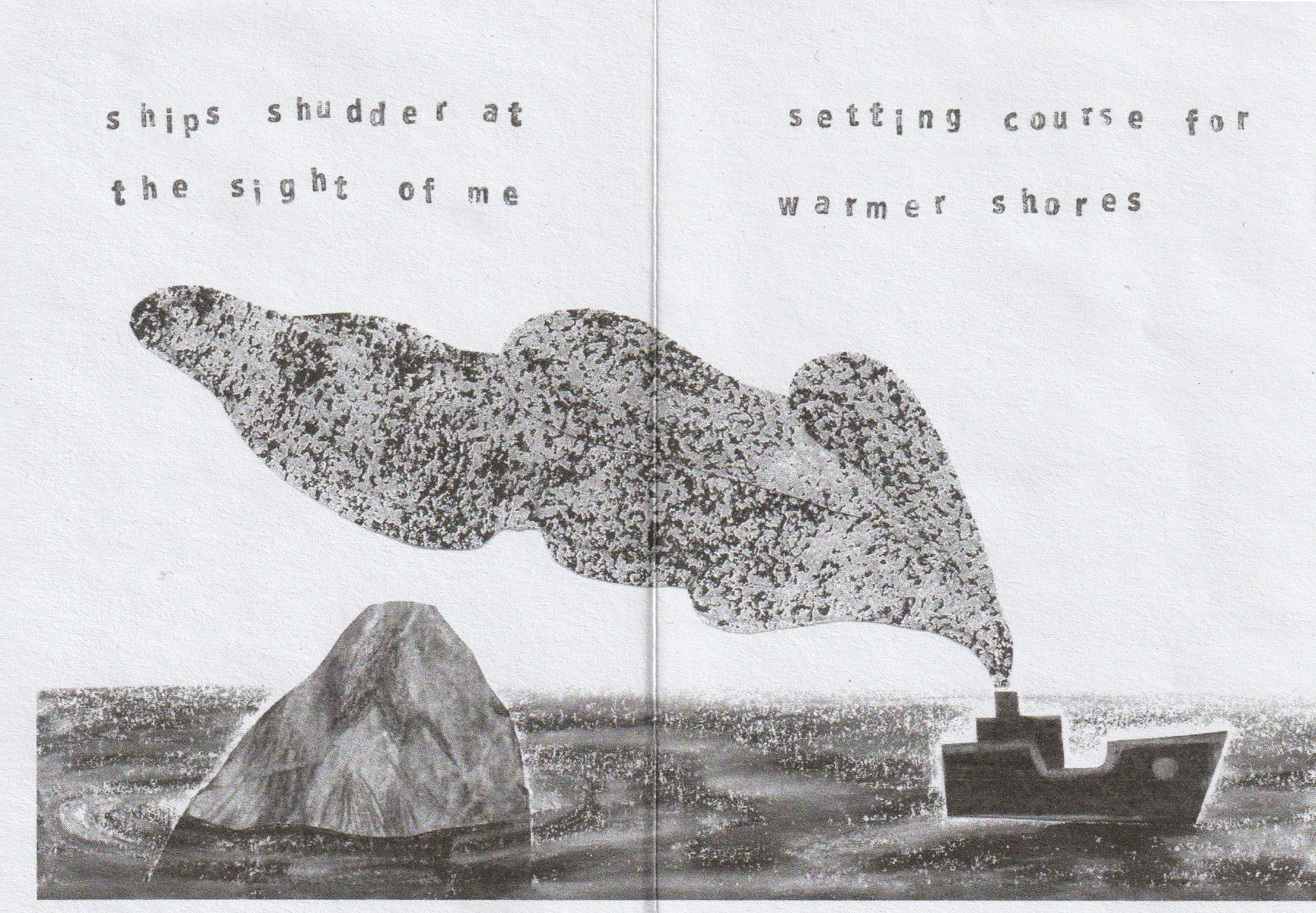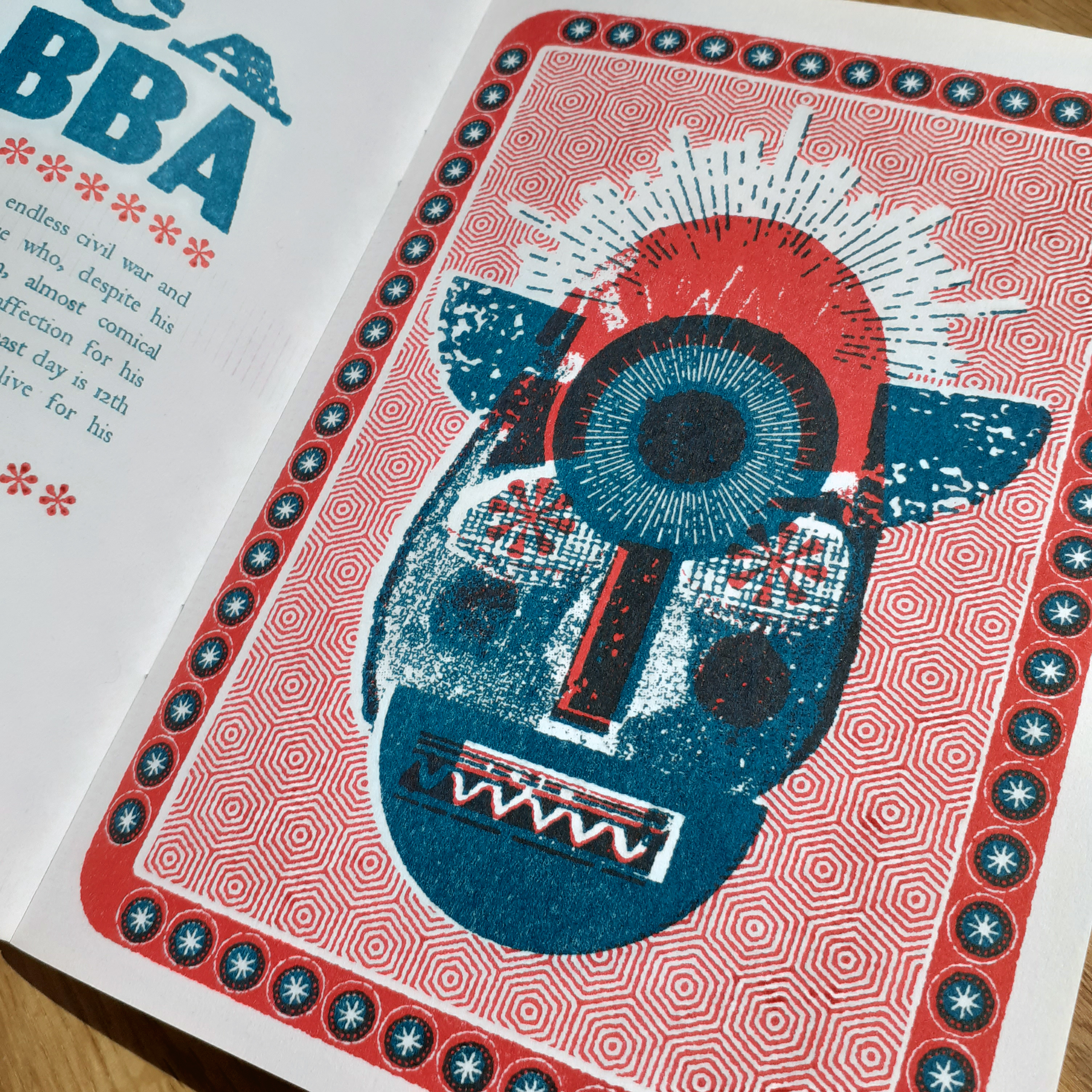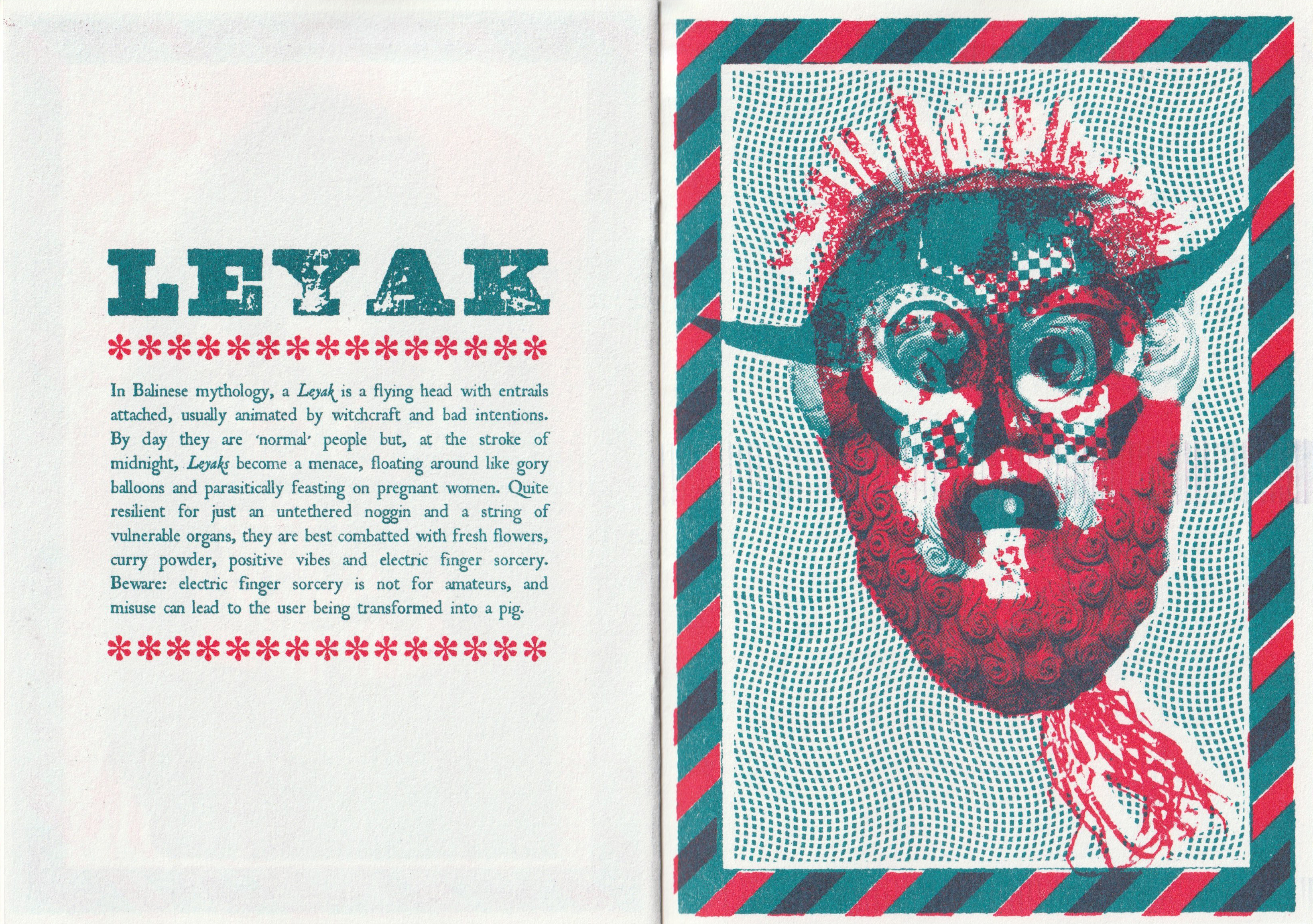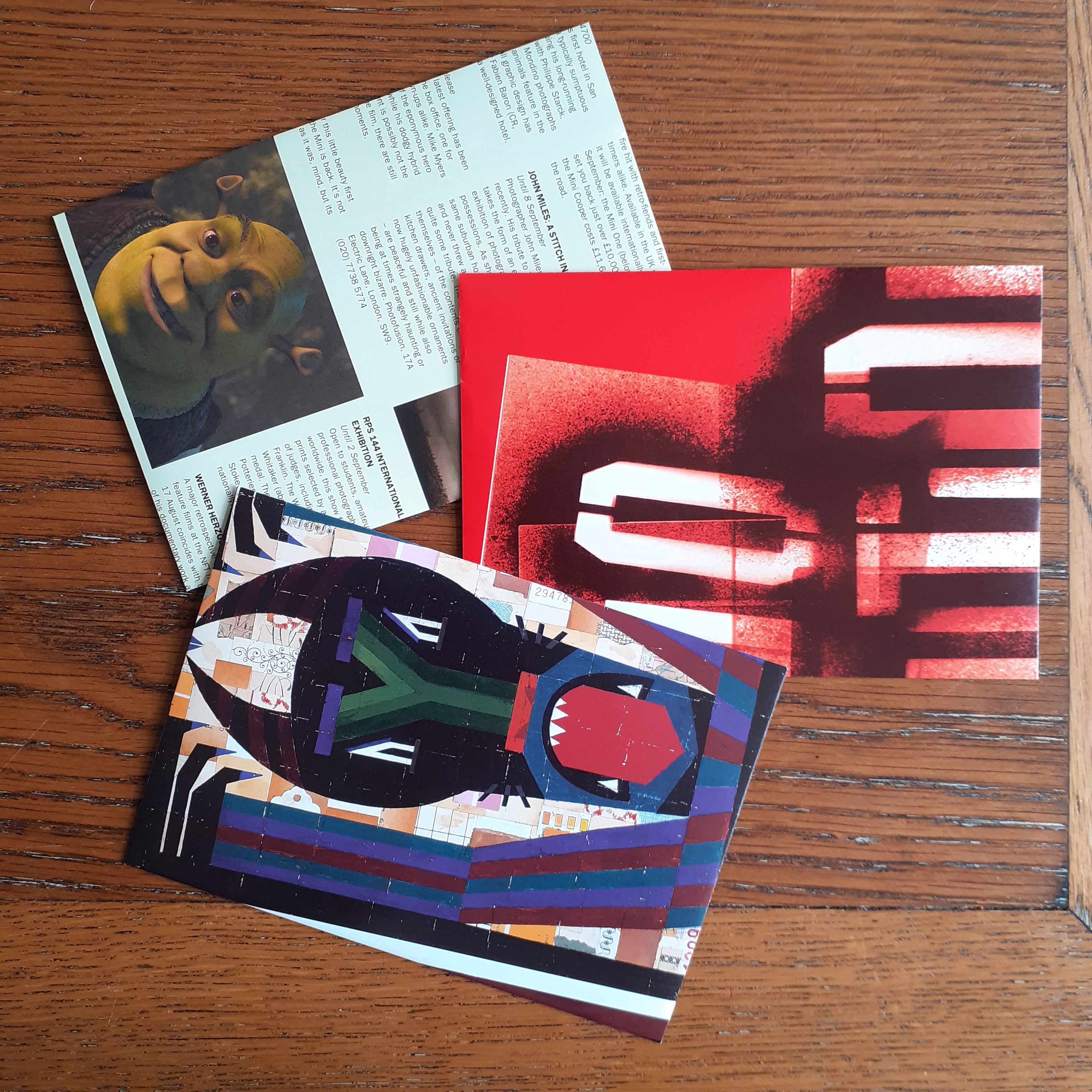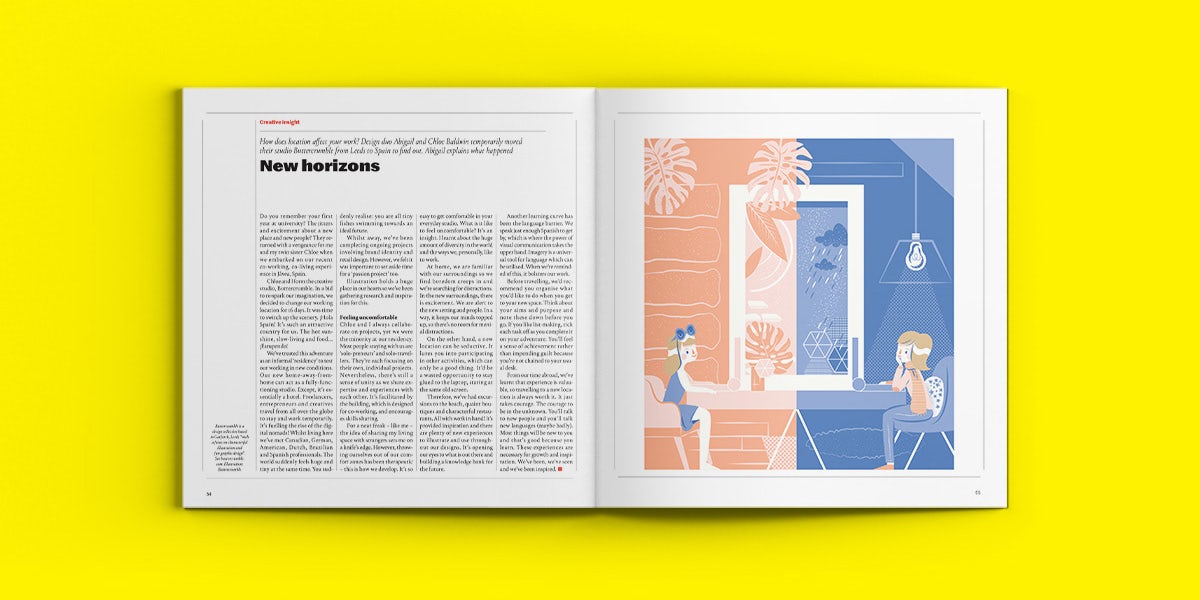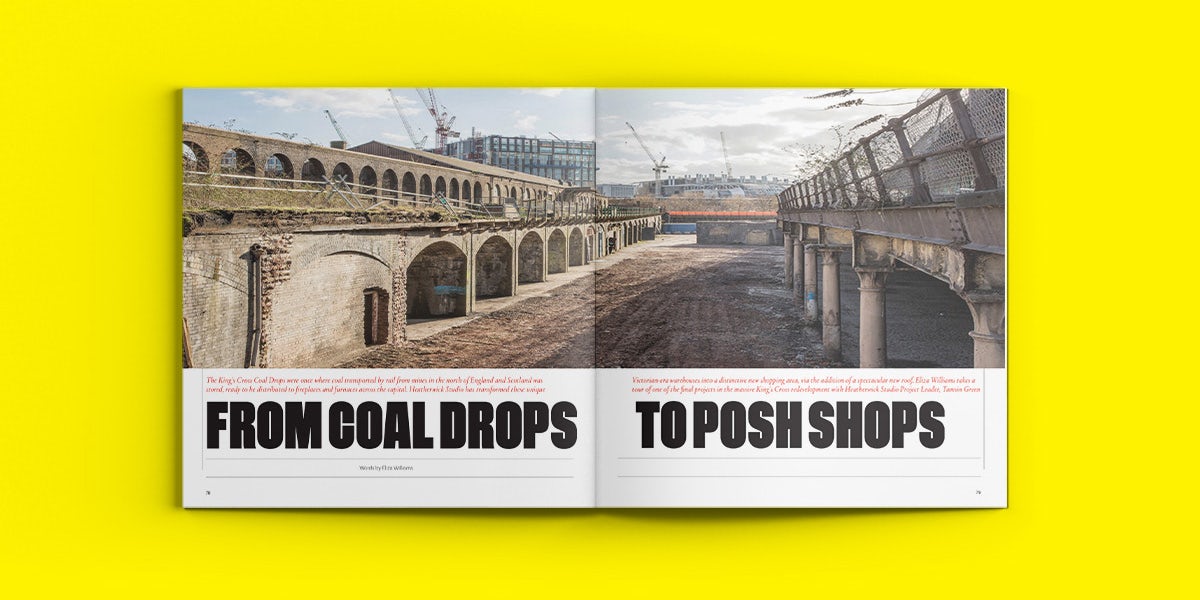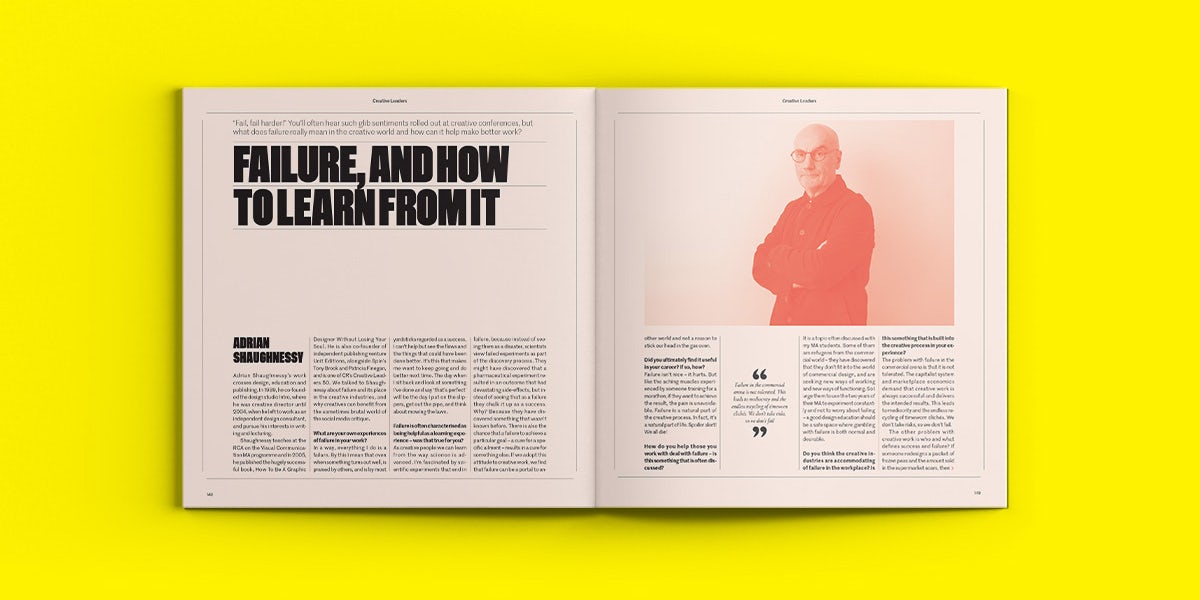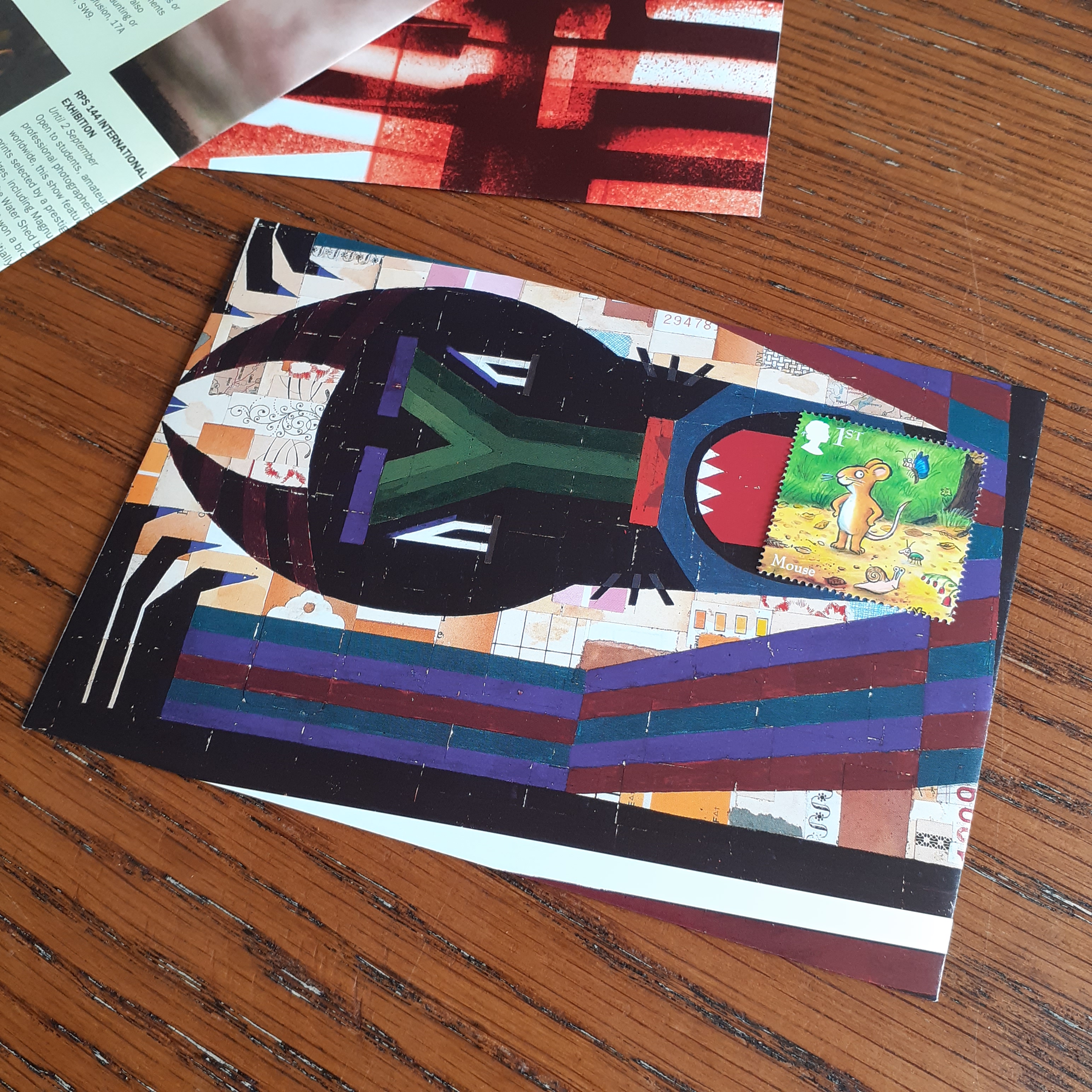A good friend gifted me a new logo design book titled Logos from Japan. The book is published by Counter Print. It’s a continuation of the survey of design made to curate the graphic design book From Japan, but focusing only on the country’s logo design. I want to share some of the book on my blog.
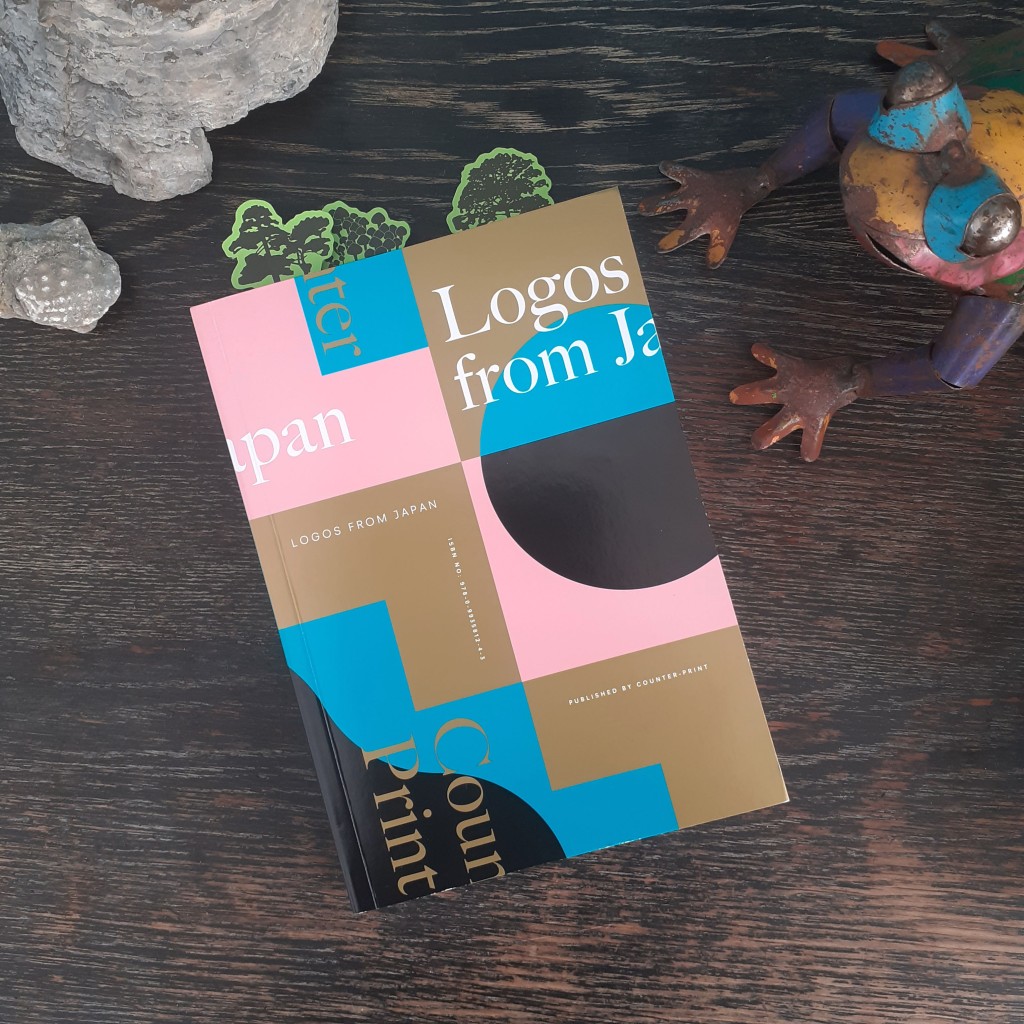
It’s a paperback book of 160 pages, in full-colour, and has a short foreword on the selection of designs within.

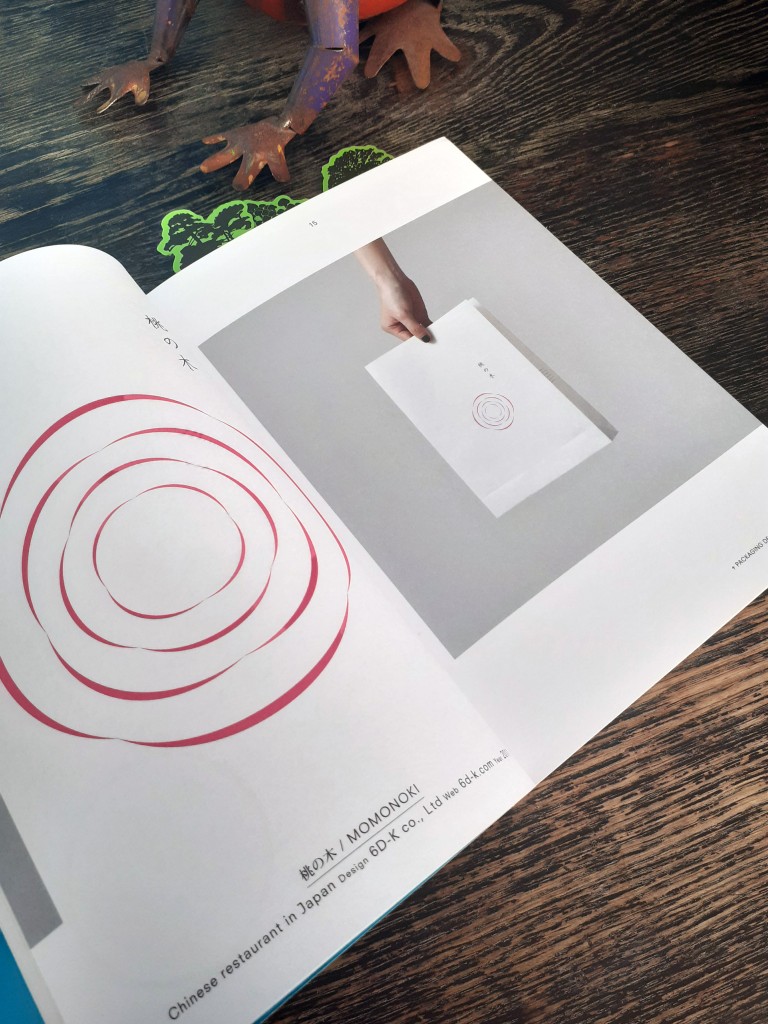
The book is has grouped the logos by theme such as ‘Architecture’, ‘Natural’, and ‘Latin’. Each logo is labeled by name, with the information of the agency that created it, and the year it was made. There’s plenty of room allocated to each logo – many have a page or two of their own – and there’s photography of some of the designs at work on signage or print.
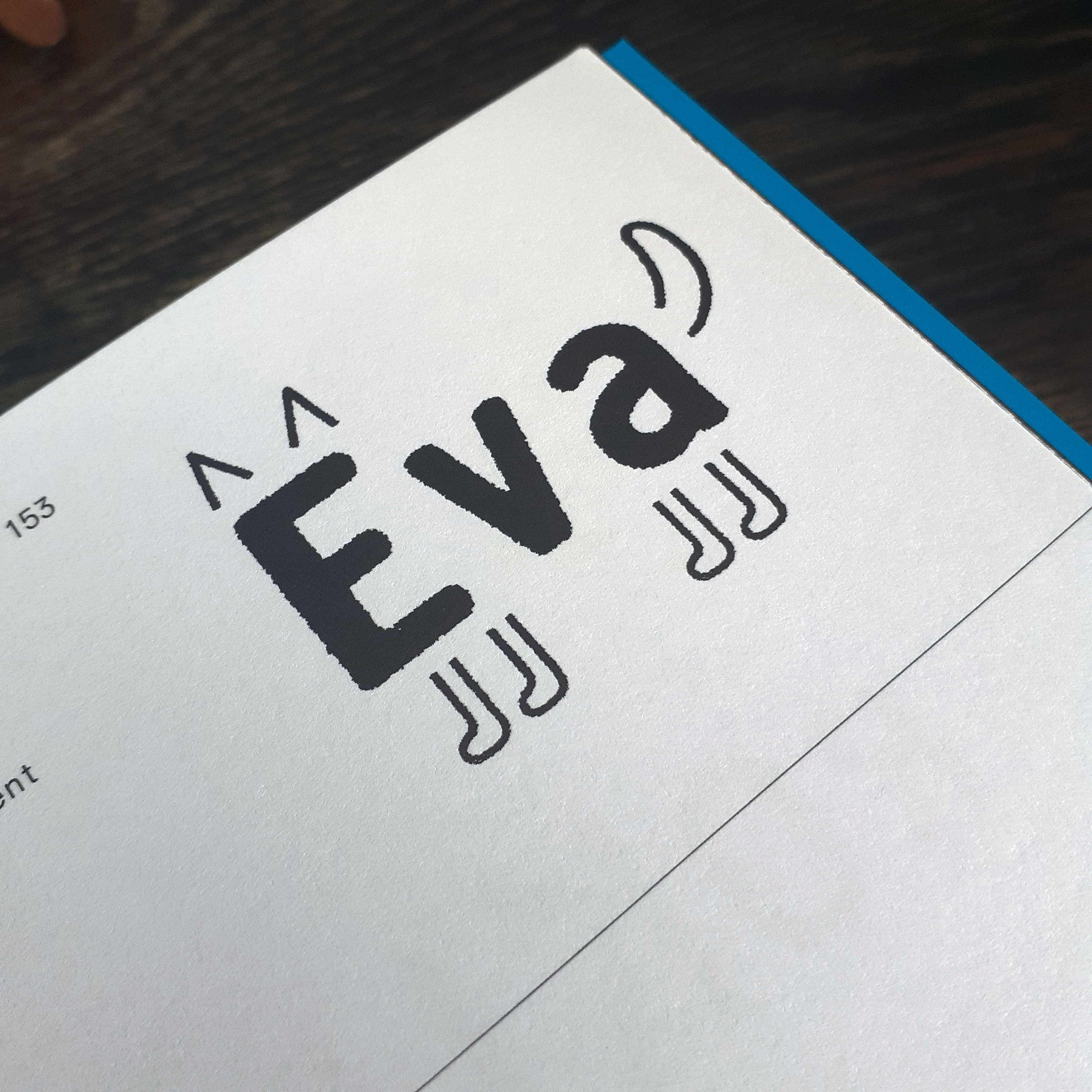
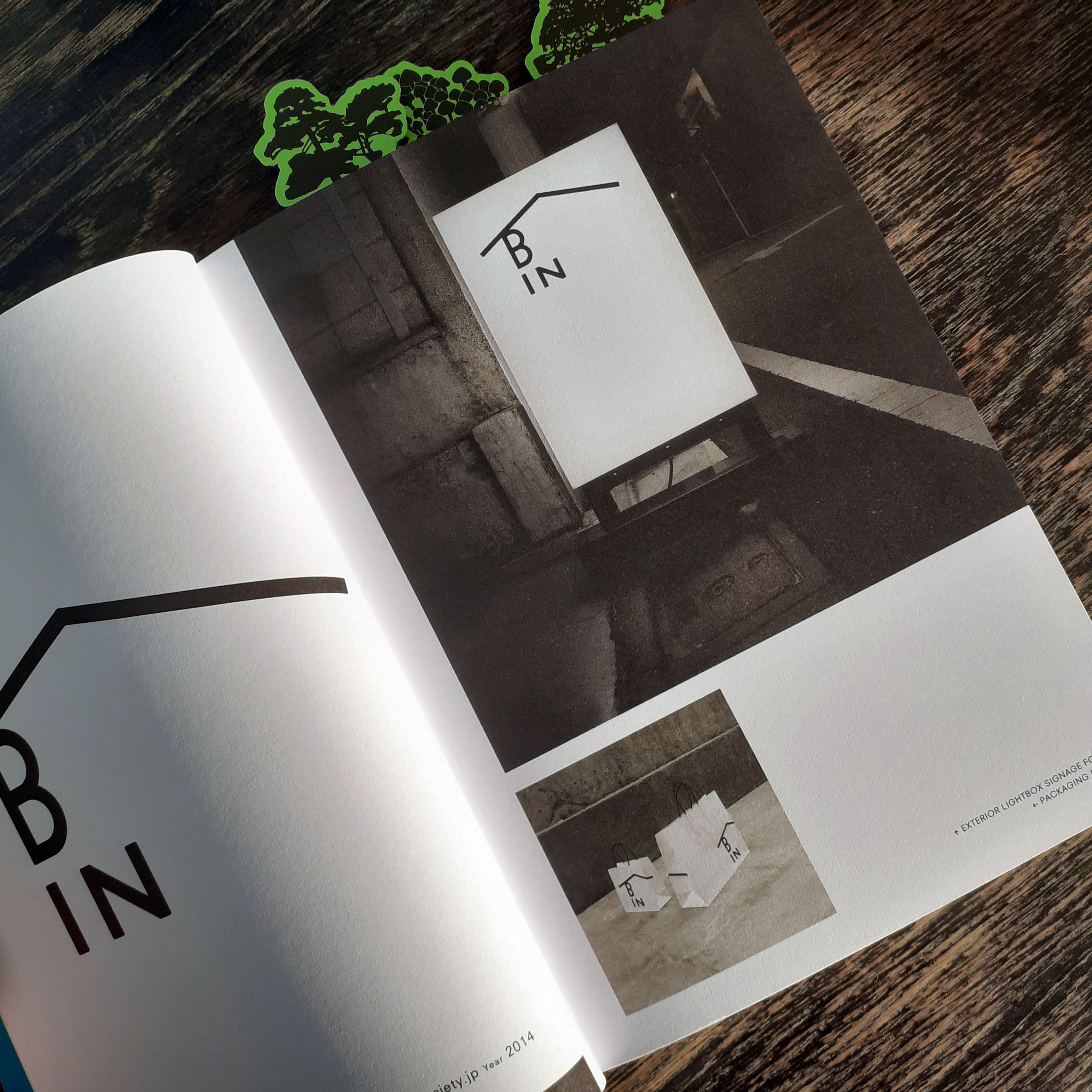
There’s an interesting passage in the book’s foreword that highlights globalisation’s relationship with design and craftsmanship – homogenisation – and that Japanese design has thus far evaded strict international ‘rules’ popularised by Swiss design:
In 1996 the German graphic designer Olaf Lue wrote that German design no longer had any national attributes. Observing that some might favour this development, Lue also acknowledge that some might regret it. It was true that, throughout the latter half of the twentieth century, the spread of information and the effect if globalisation showed its impact on the world of design, as in many other areas. An ‘International’ or ‘Swiss’ style was prevalent in the West, characterised by cleanliness, readability and objectivity. However Japanese design remained largely recognisable, mixing extremely traditional elements of Japanese Art history and the highly modern influence of Western design.
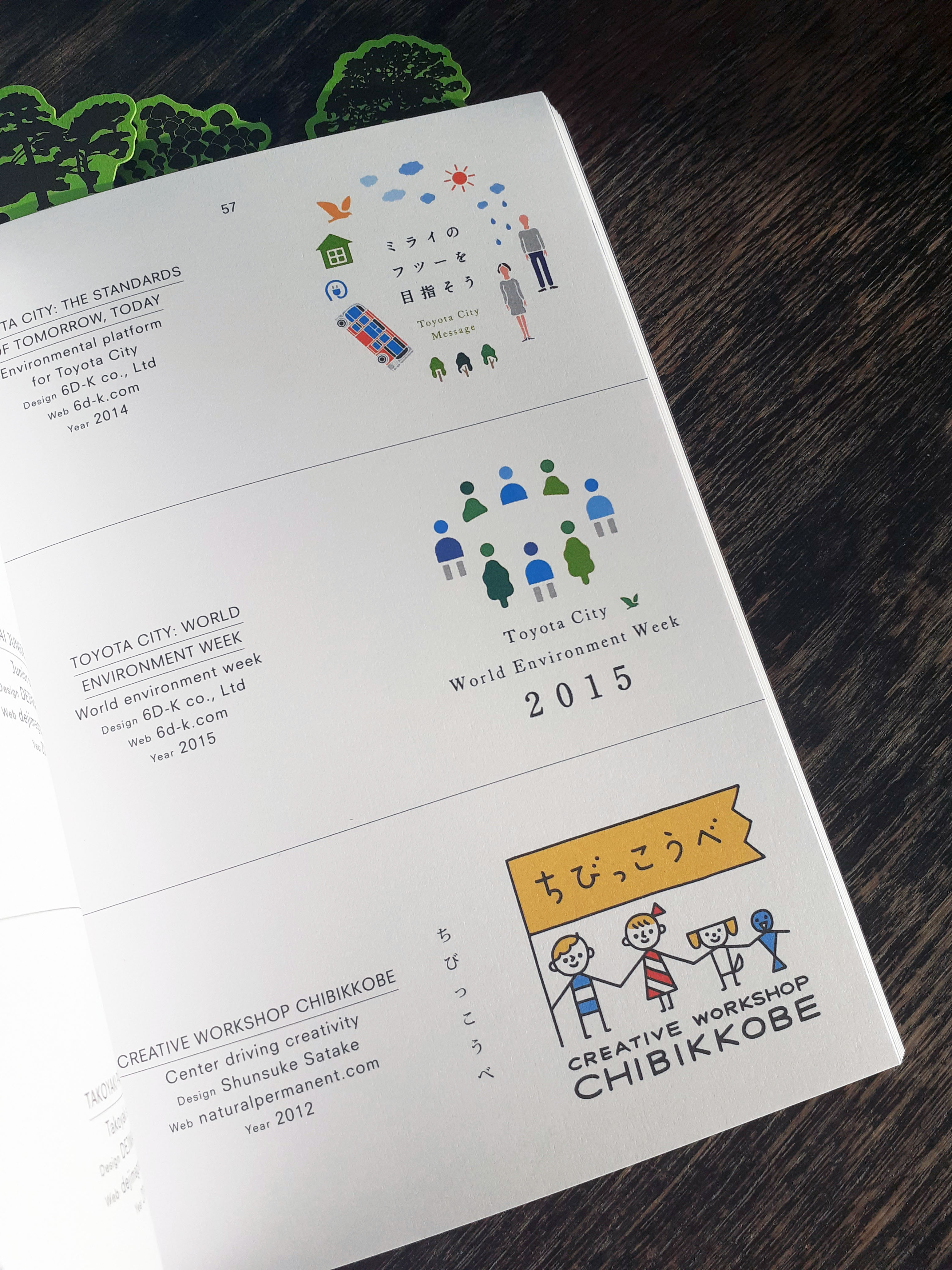

And this book really is a wonderful showcase of design that feels almost unreal in contrast to what I see of most UK, American, or European product and service logo branding. I see a lot more playfulness in Japanese logo design. Of course the playfulness is kept to appropriate services and products such as bike shops, T.V. stations, video game studios, patisseries, and so on, though I am used to seeing the these services represented through more serious, elegant, or corporate images.
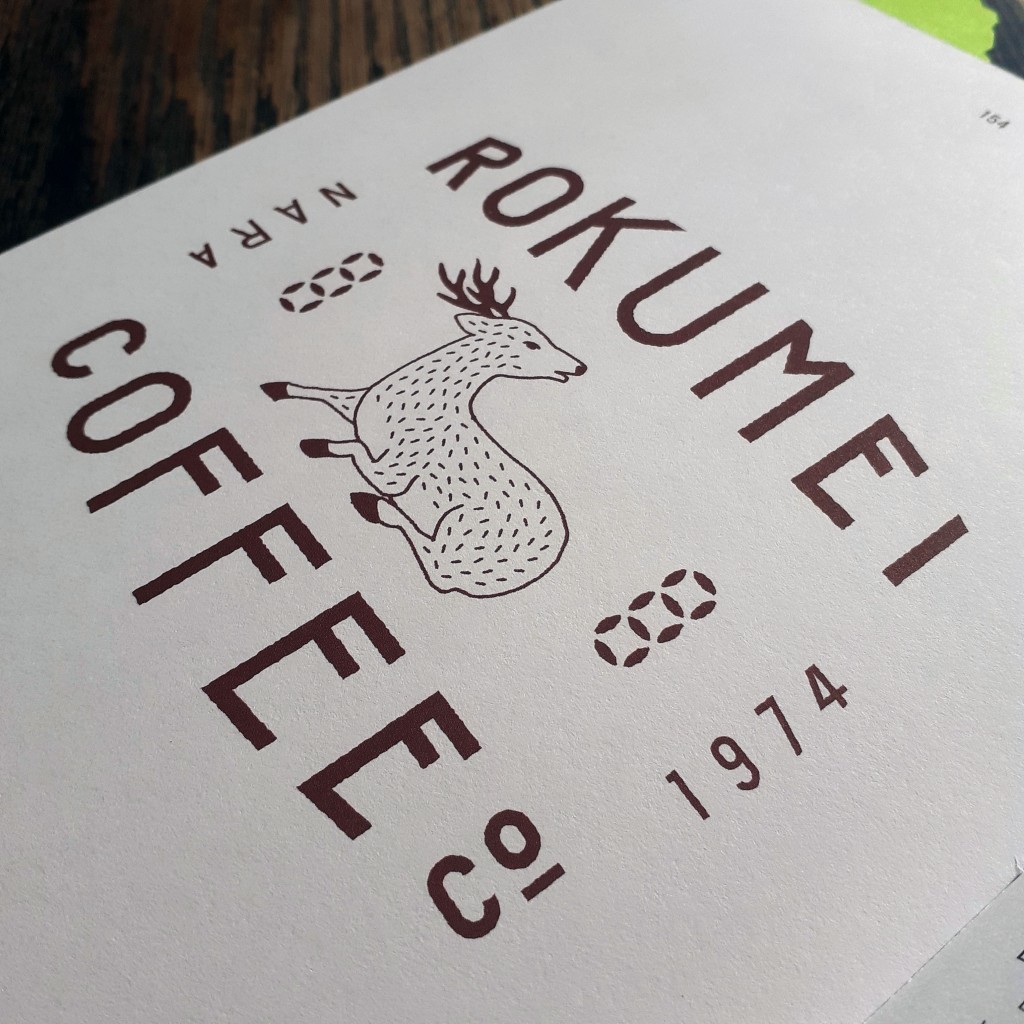
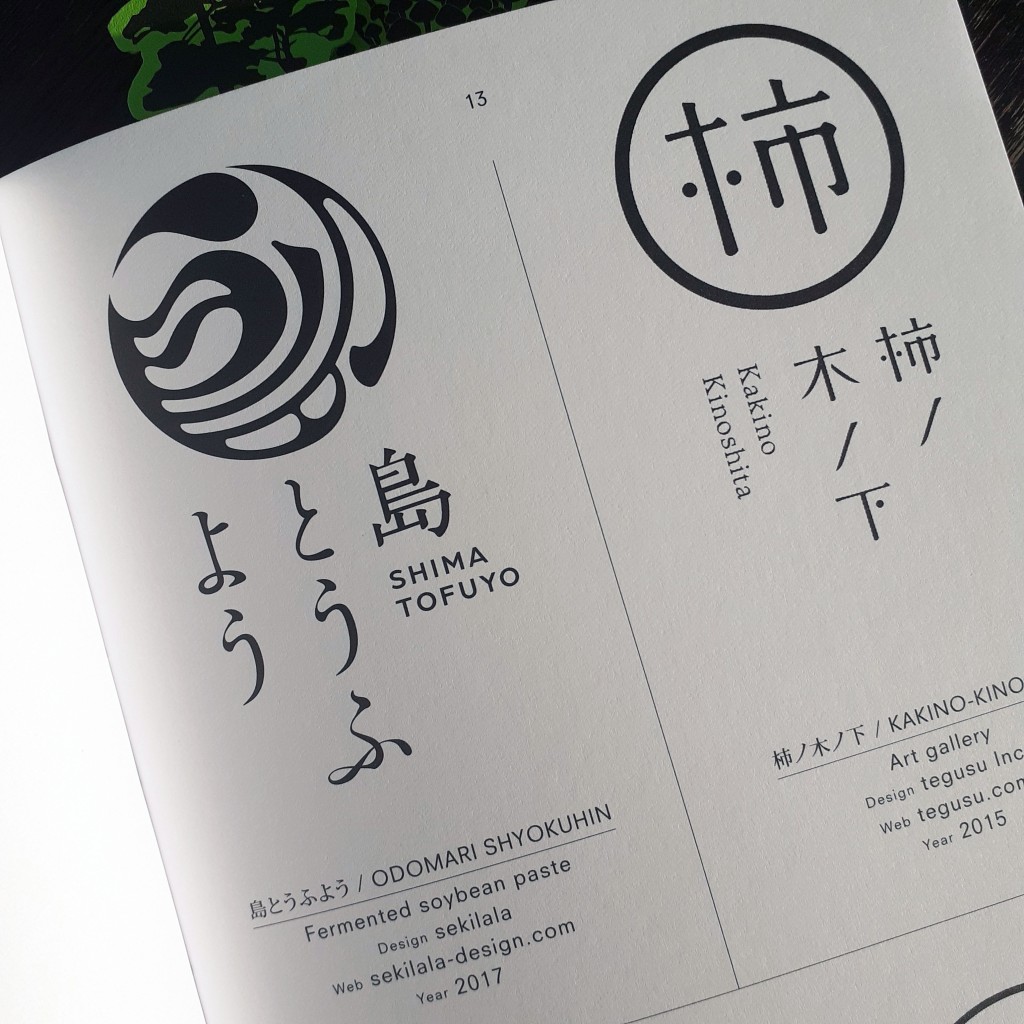
The logos featured within this book are all from within the past couple of decades. As the forward explains the mentality behind modern Japanese logo design is to create something that captures the interest of the public eye in the moment:
Arguably, this could be seen as a less ‘long lasting approach’, and some of the logos will be seen as ‘of their time’ when looked upon from years to come. However today, when most identities are viewed on screen, there isn’t a permanence of print that companies are more inclined to quickly throw out their previous logo design in favour of a new one. As such, the style of Japanese logo design is constantly changing and a long lifespan for a logo is no longer expected to such a great intent.
I haven’t been taught to think about logo design as quite so ephemeral, and it’s an interesting view to read about. The transient nature of contemporary Japanese logo design is understandable when put into perspective of modern services and consumerism.
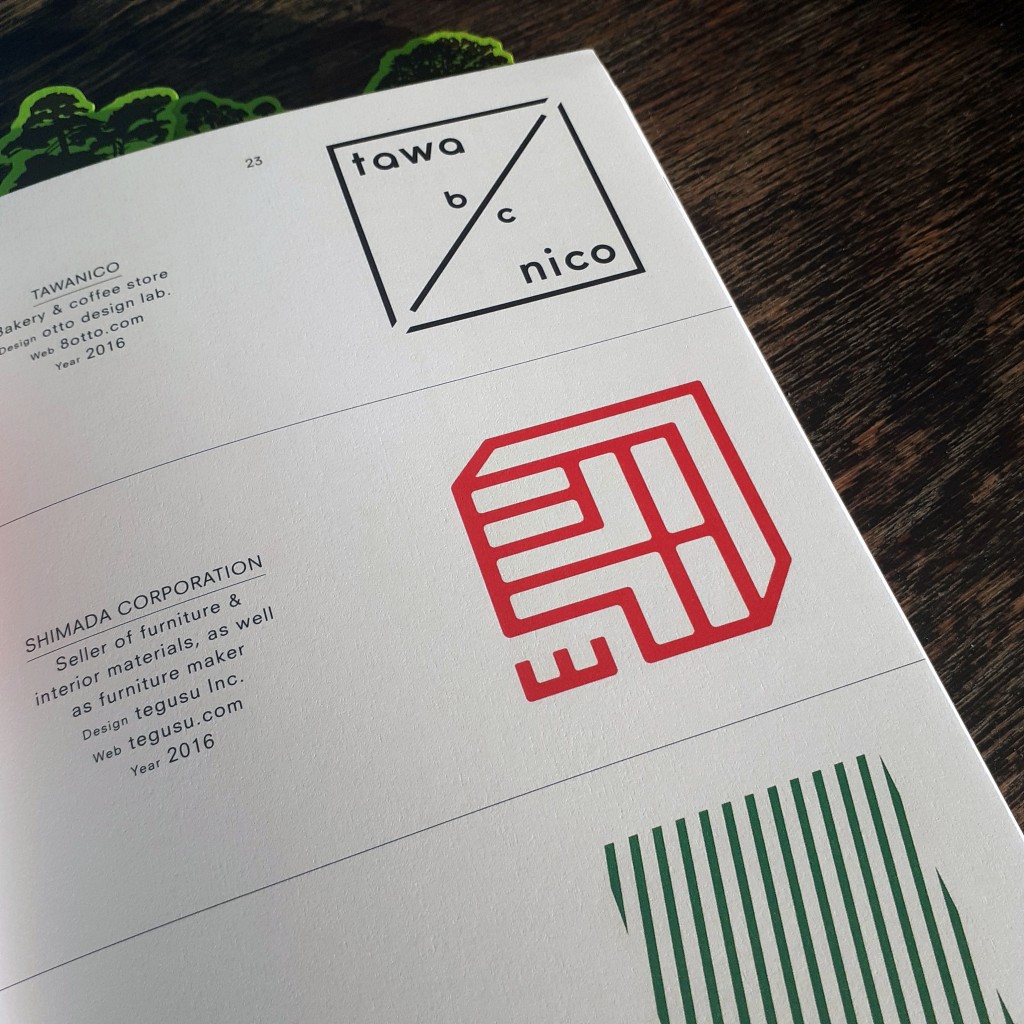
This book is very fun to flick through for the unique blend of tastes Japanese design has acquired. The number of colours used on some logo designs, and the colour combinations across these logos is a very interesting insight to design that does not follow international rules.
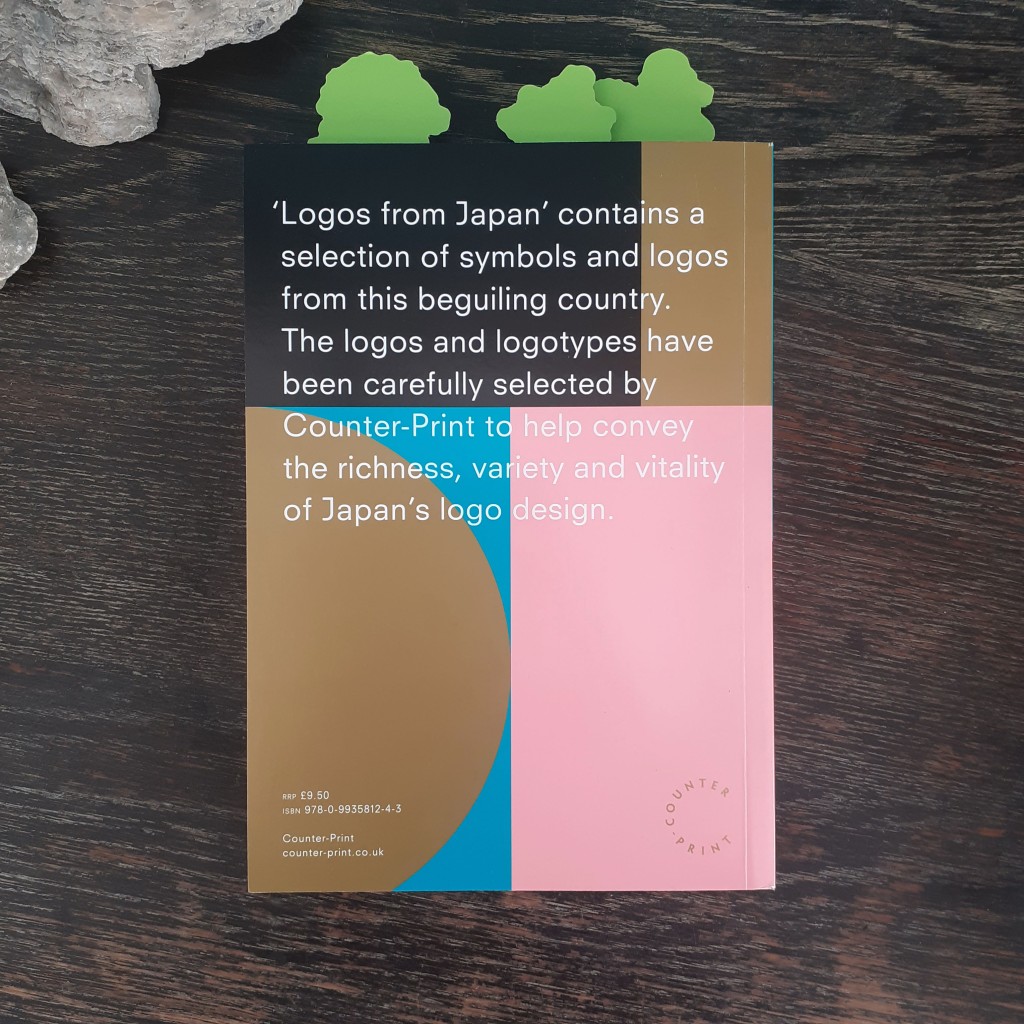
I’m very happy to add this book to my small collection of graphic design books. I really look forward to the day that I am able to visit libraries again to check out any recent publications for graphic design reference, too. The internet is handy to have at my fingertips, but sometimes I find holding and pouring over a book a better experience. Carefully curated publications like this shows why print is still around!
